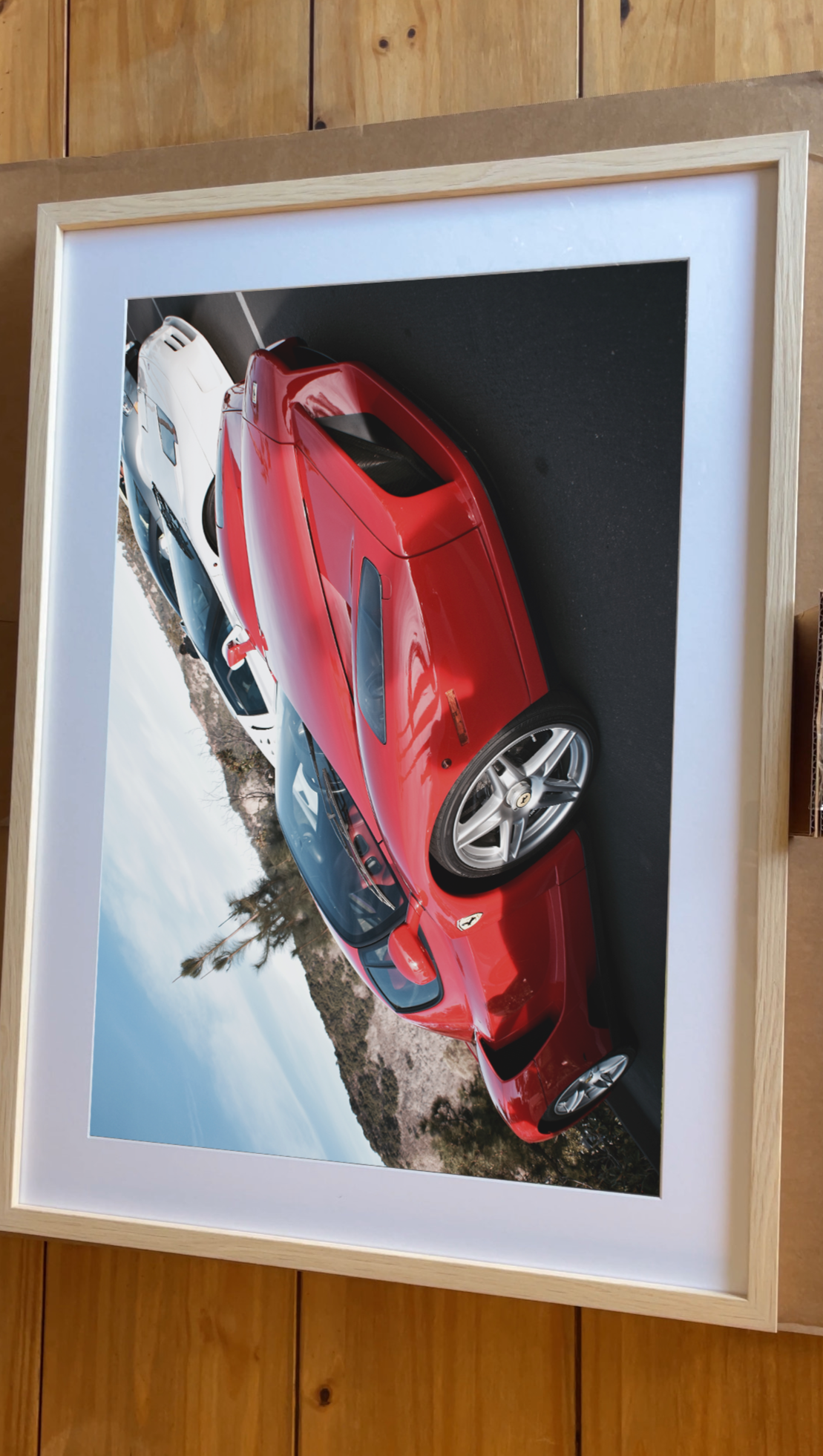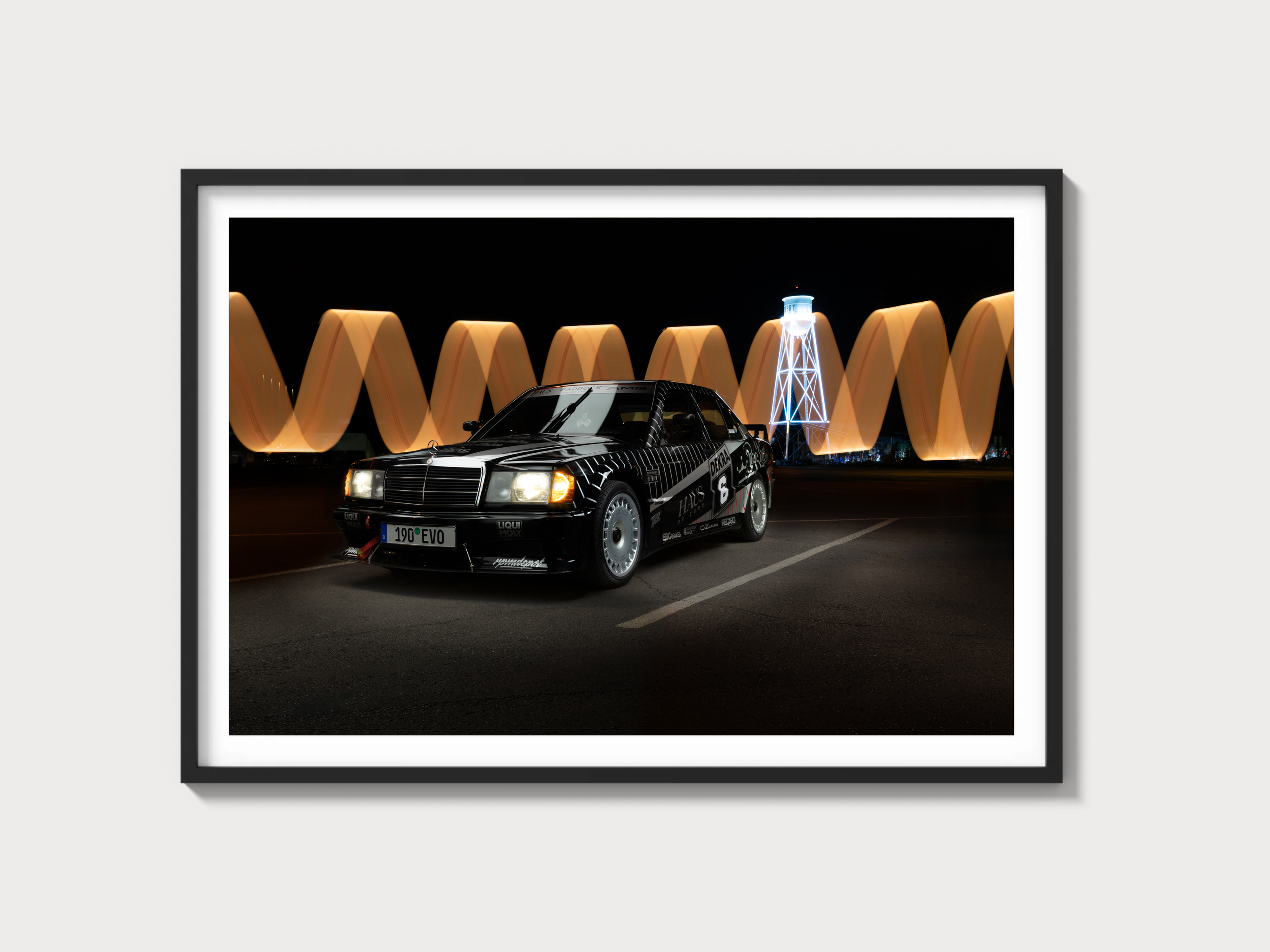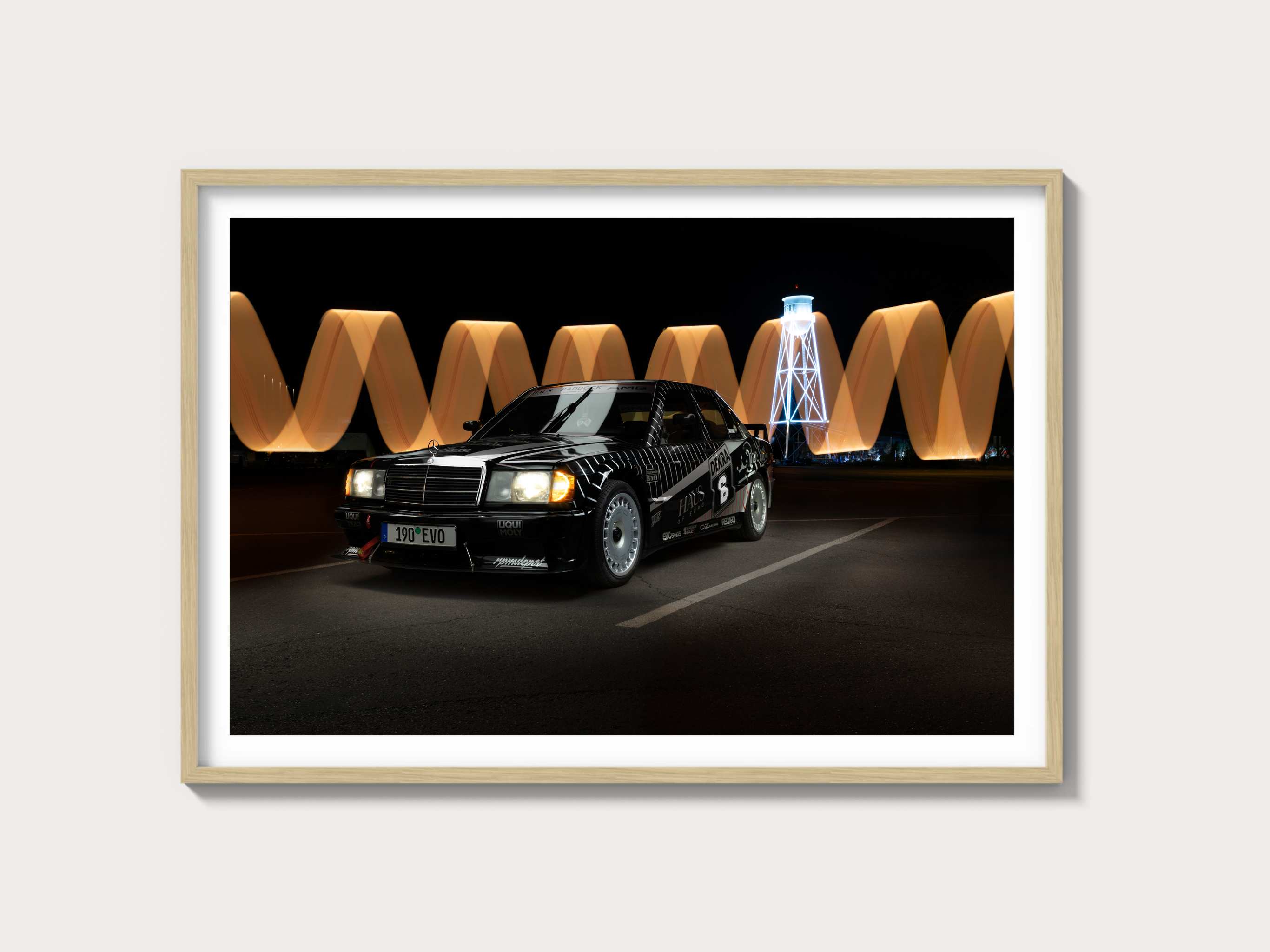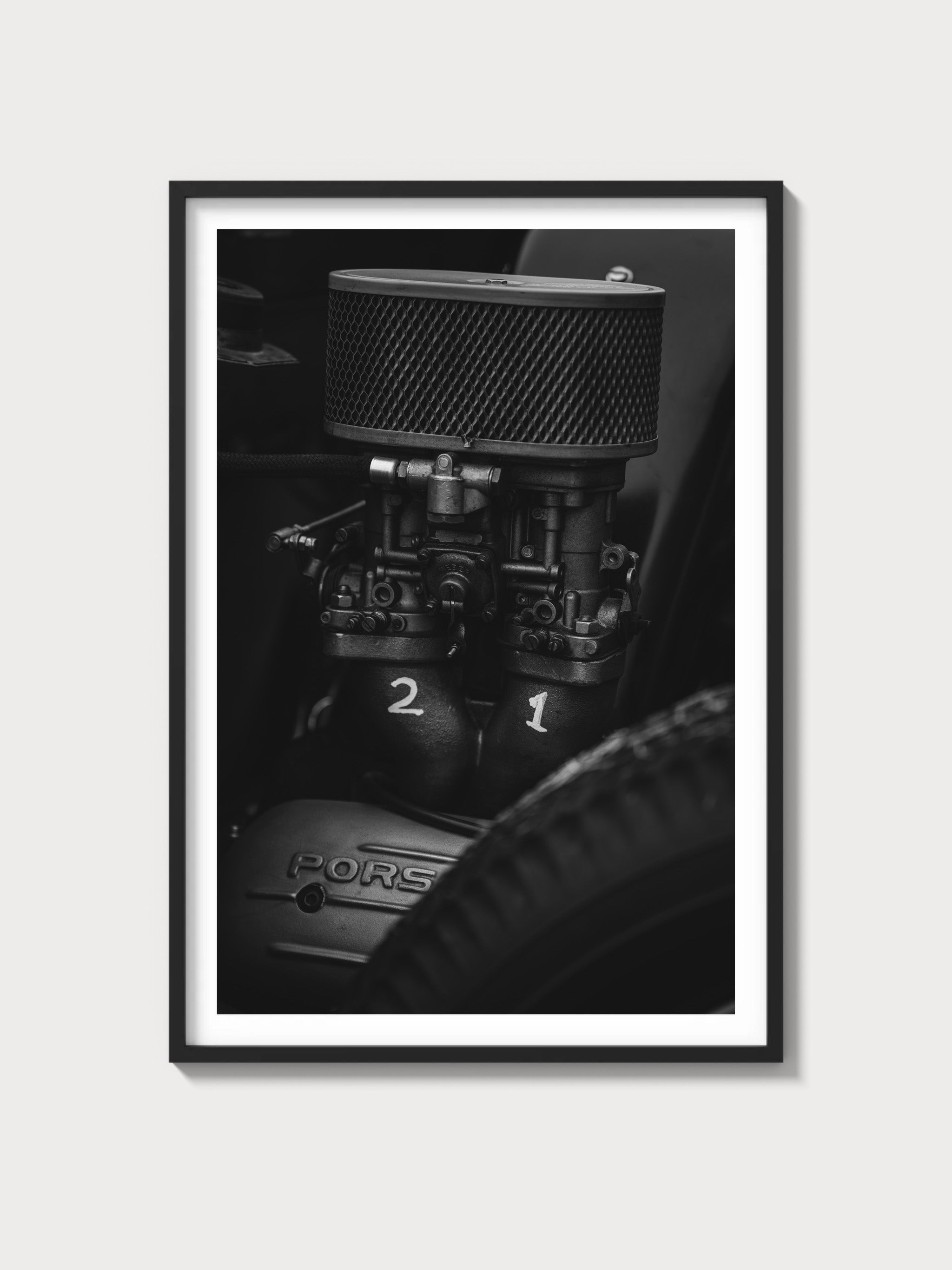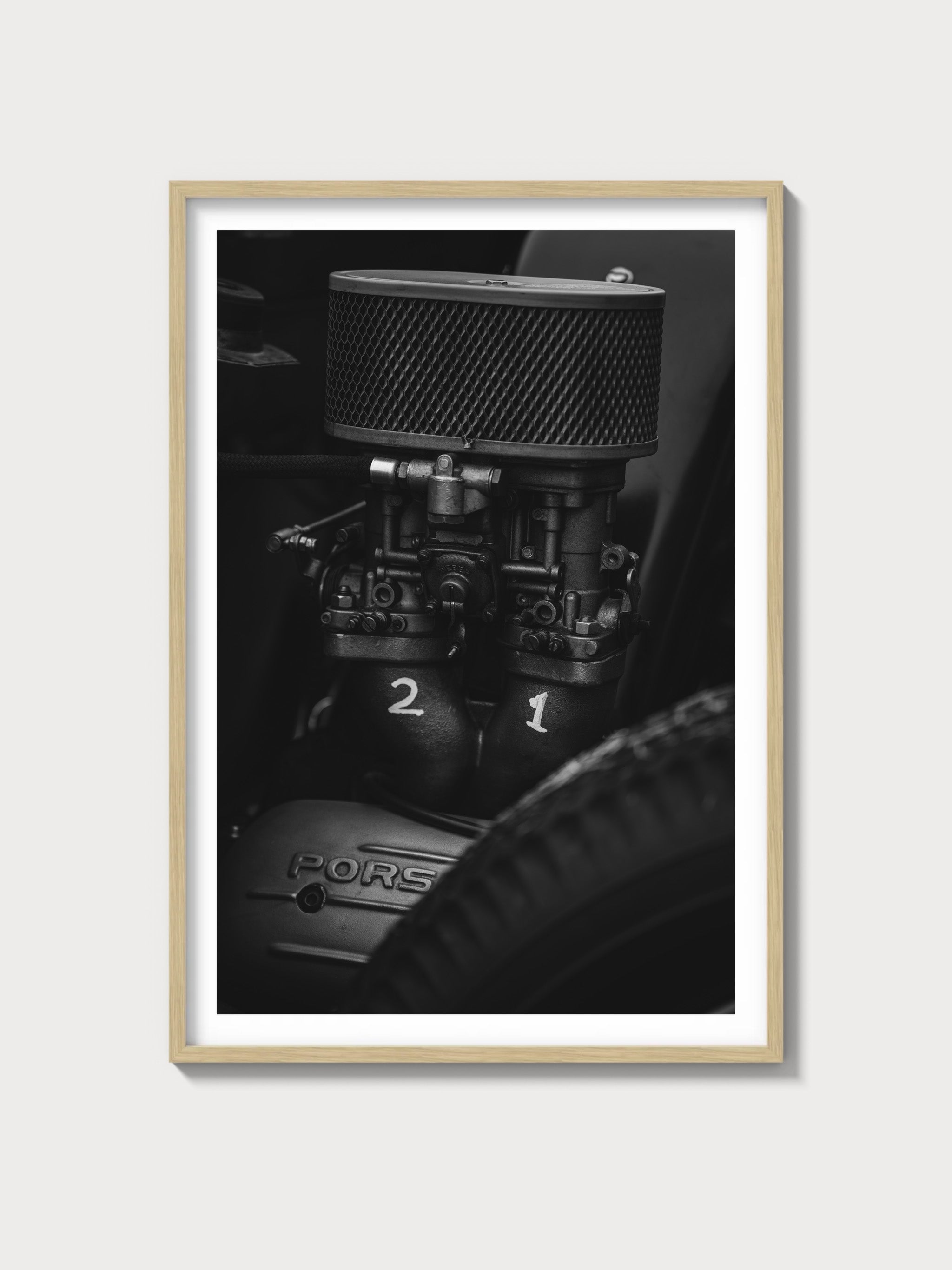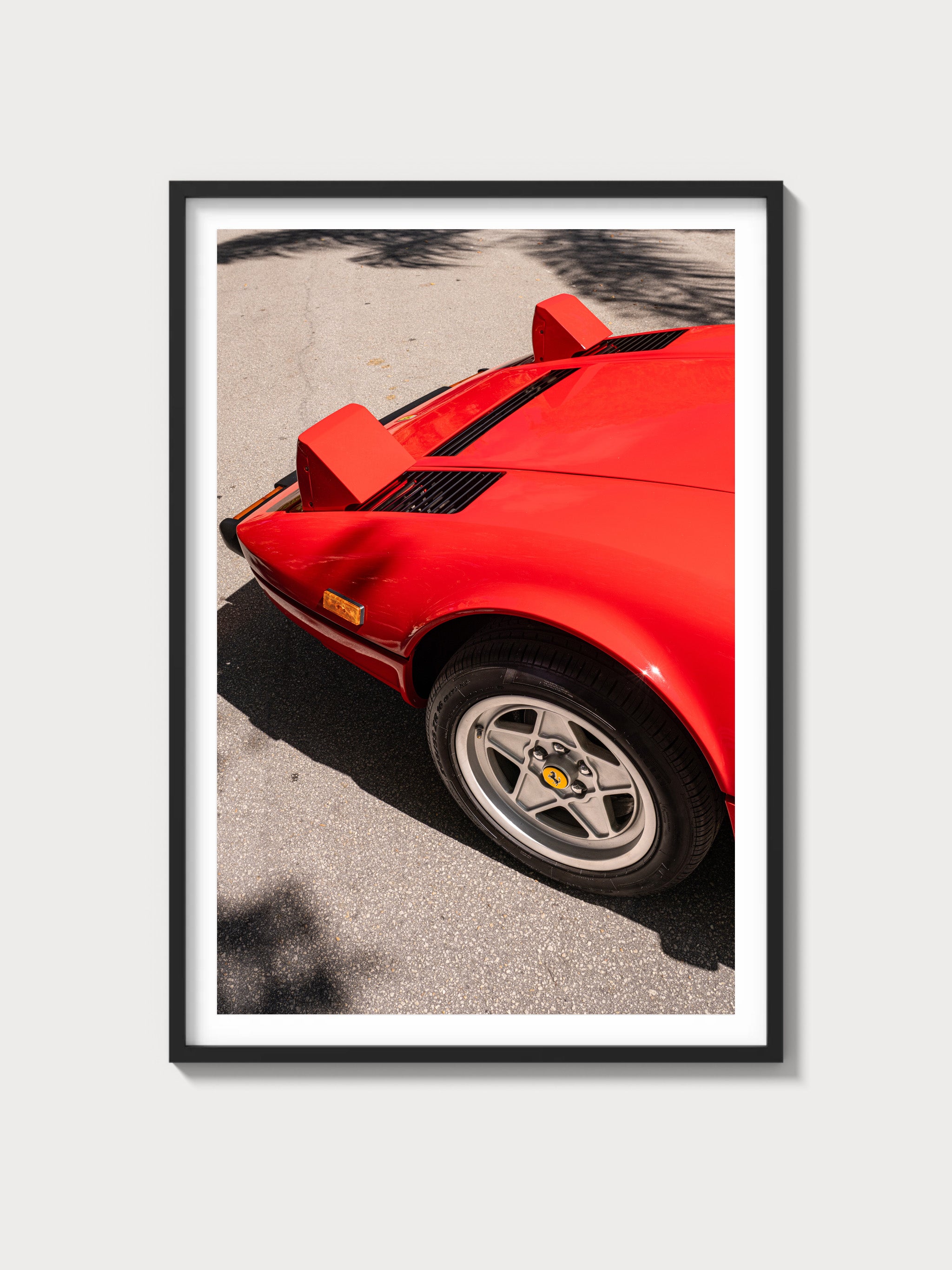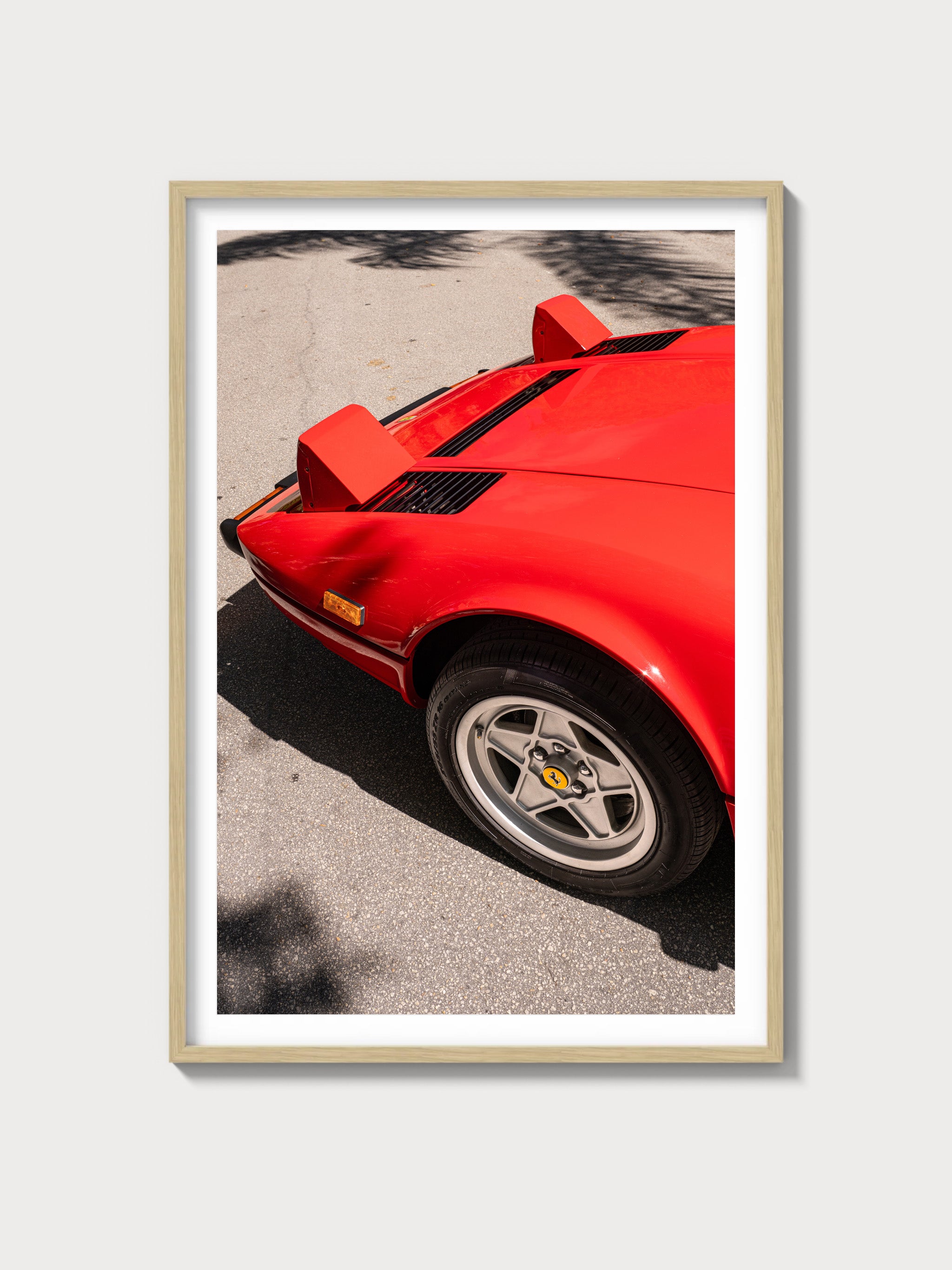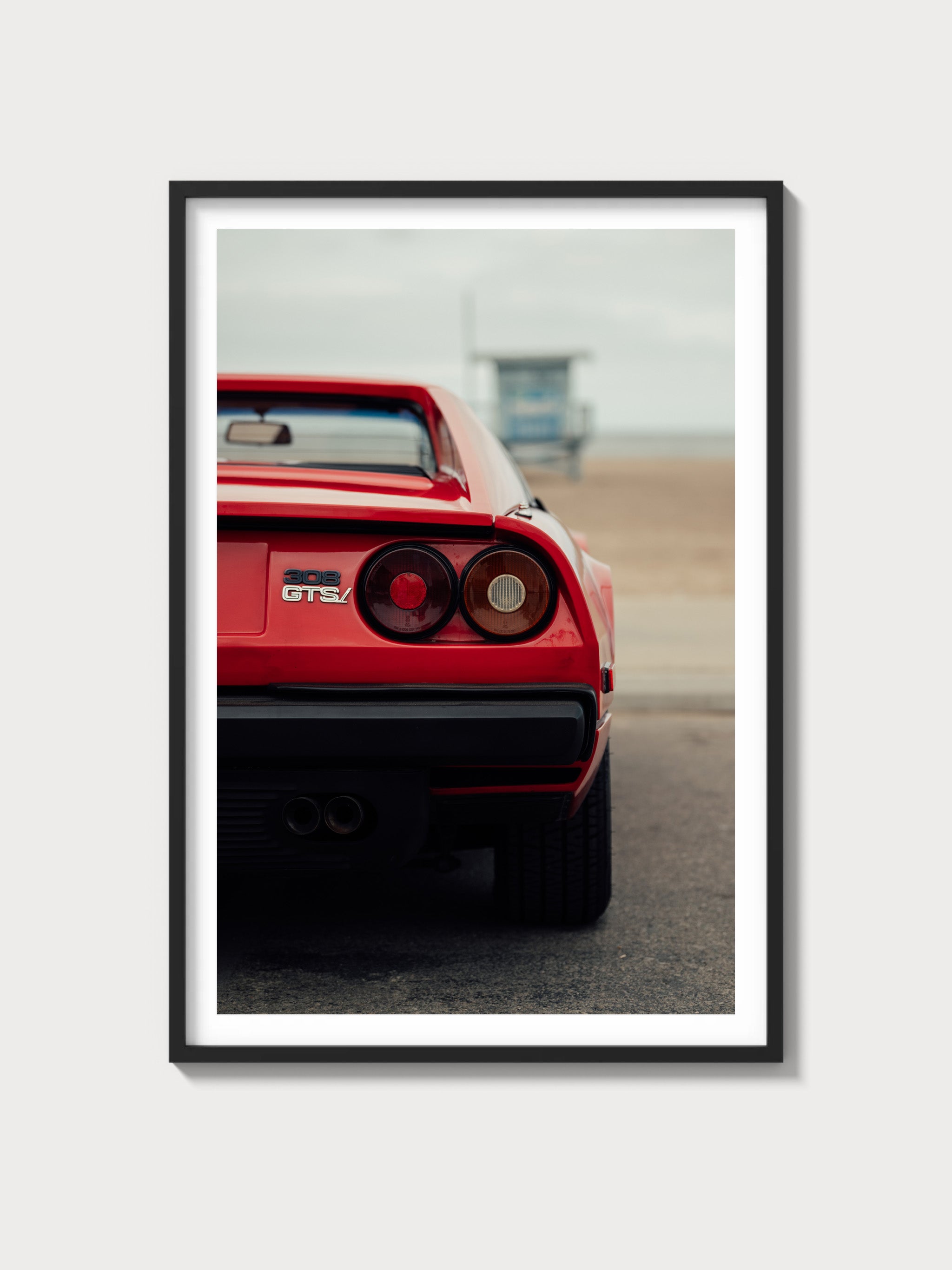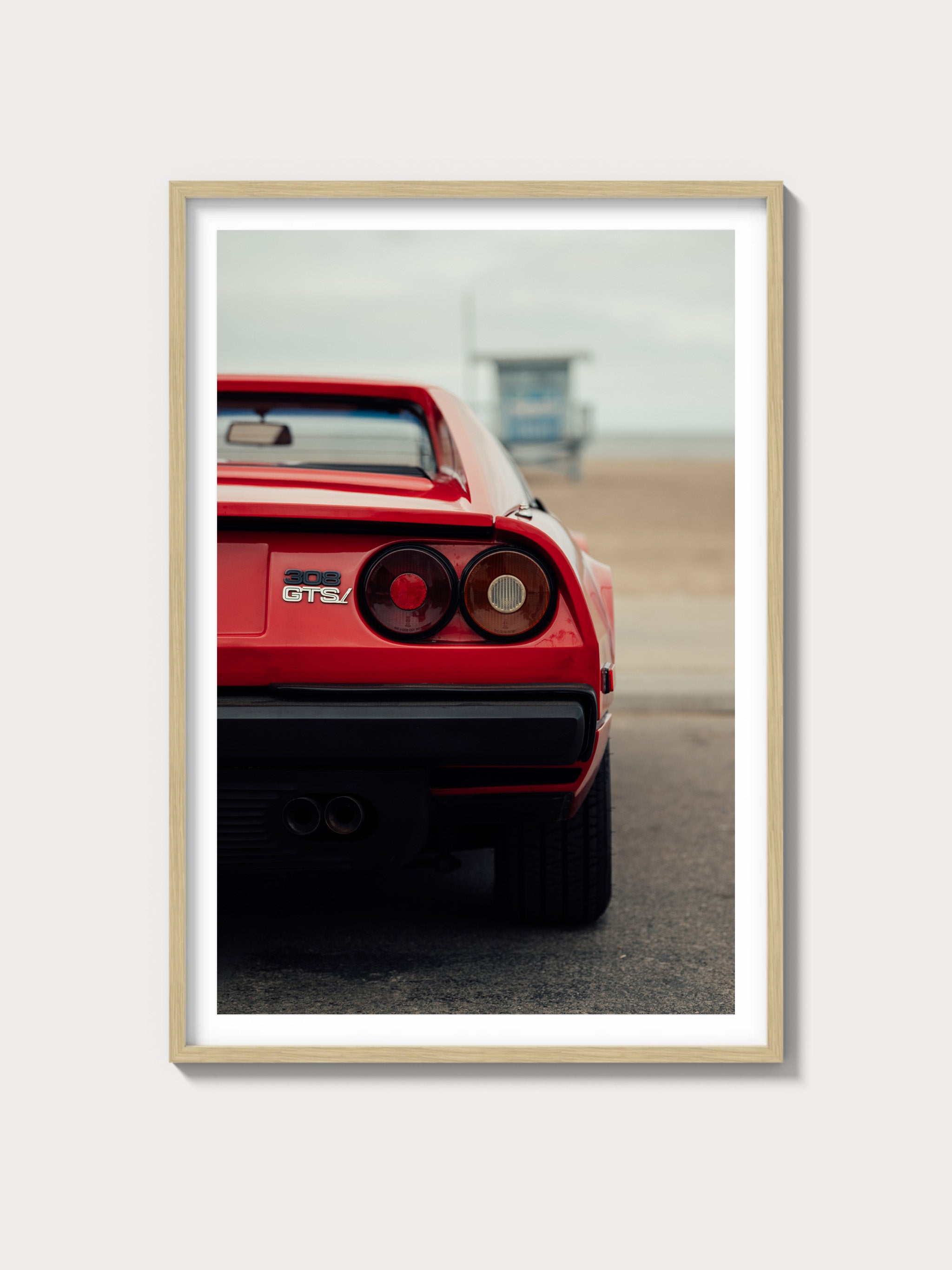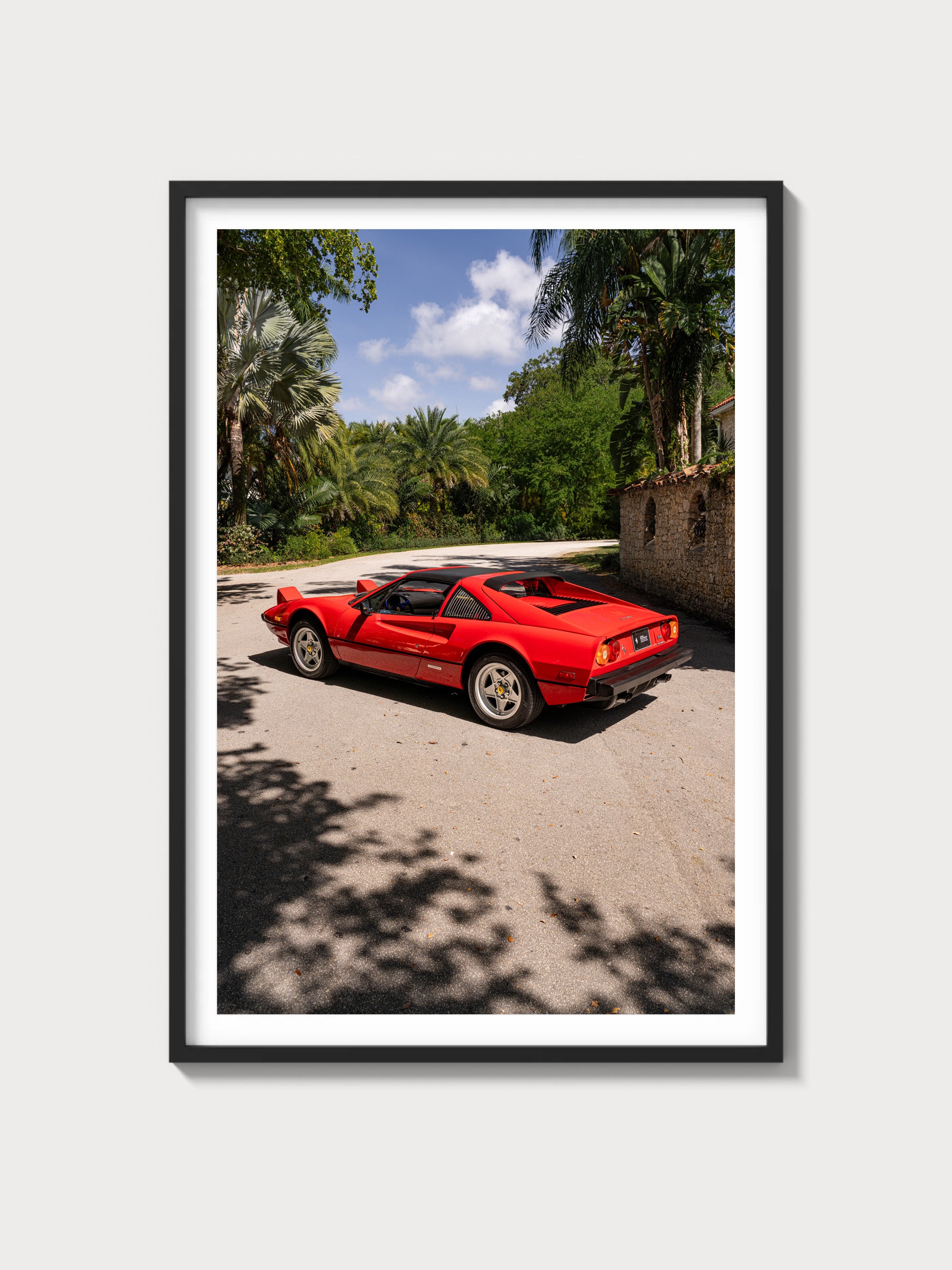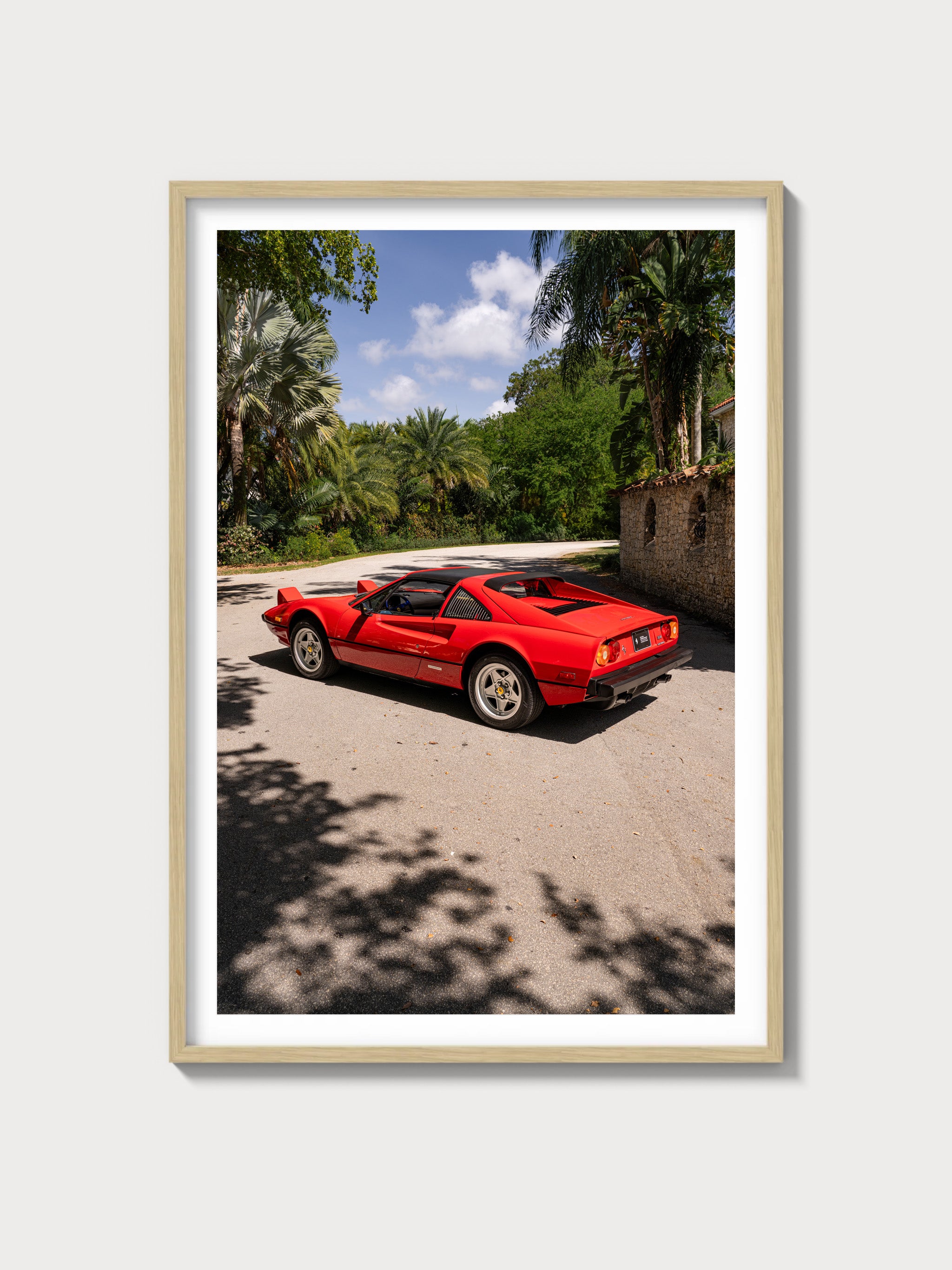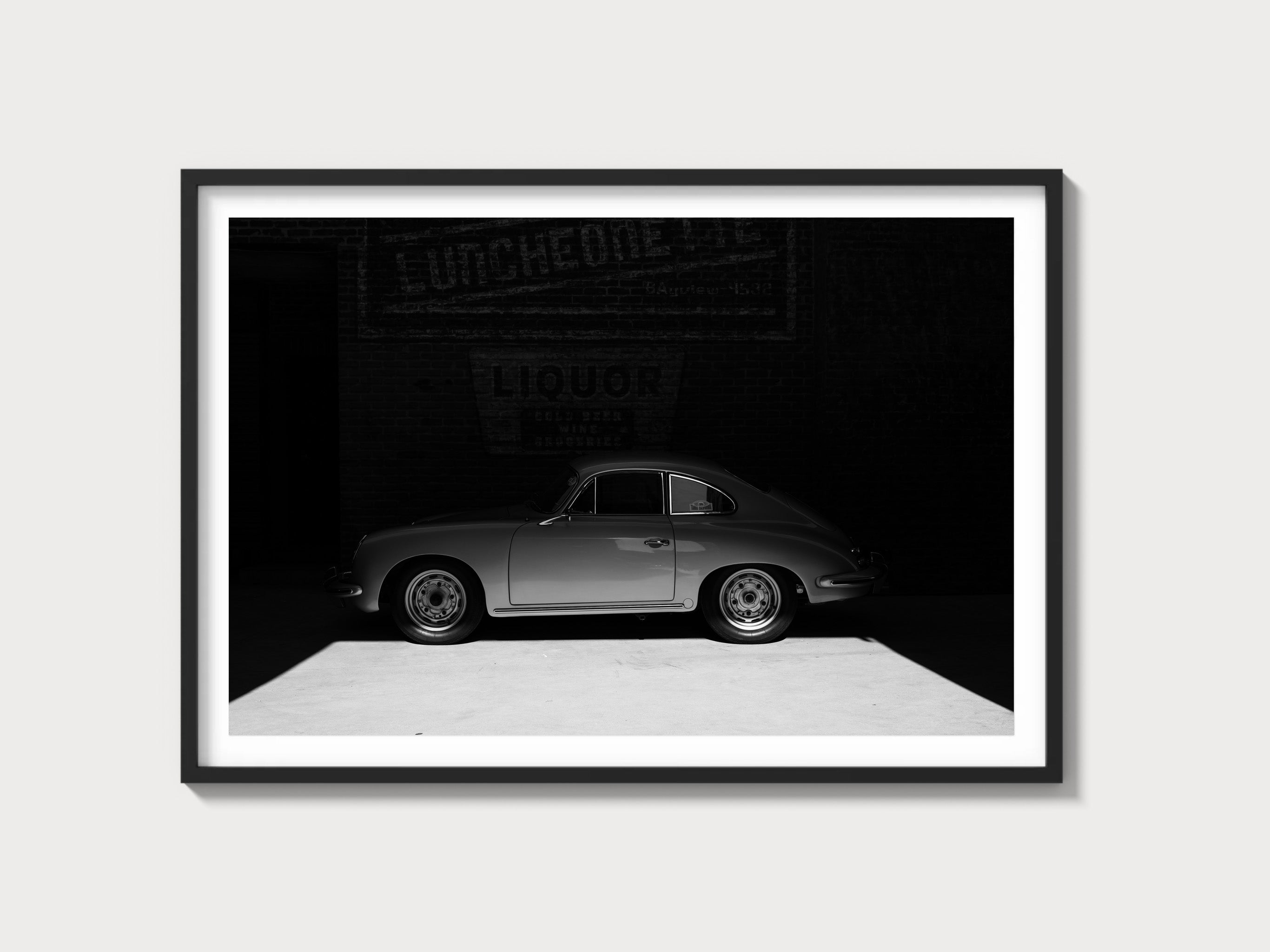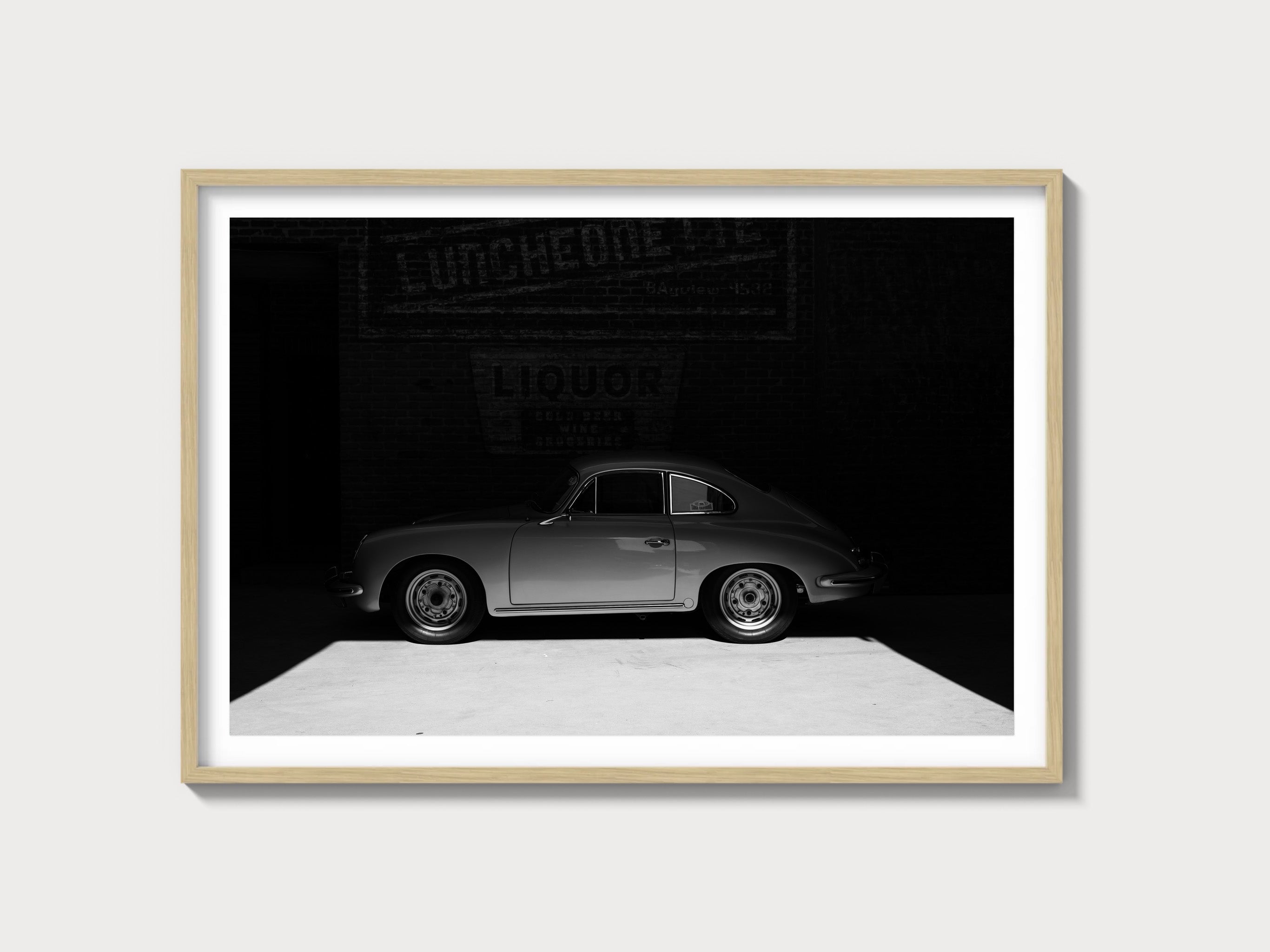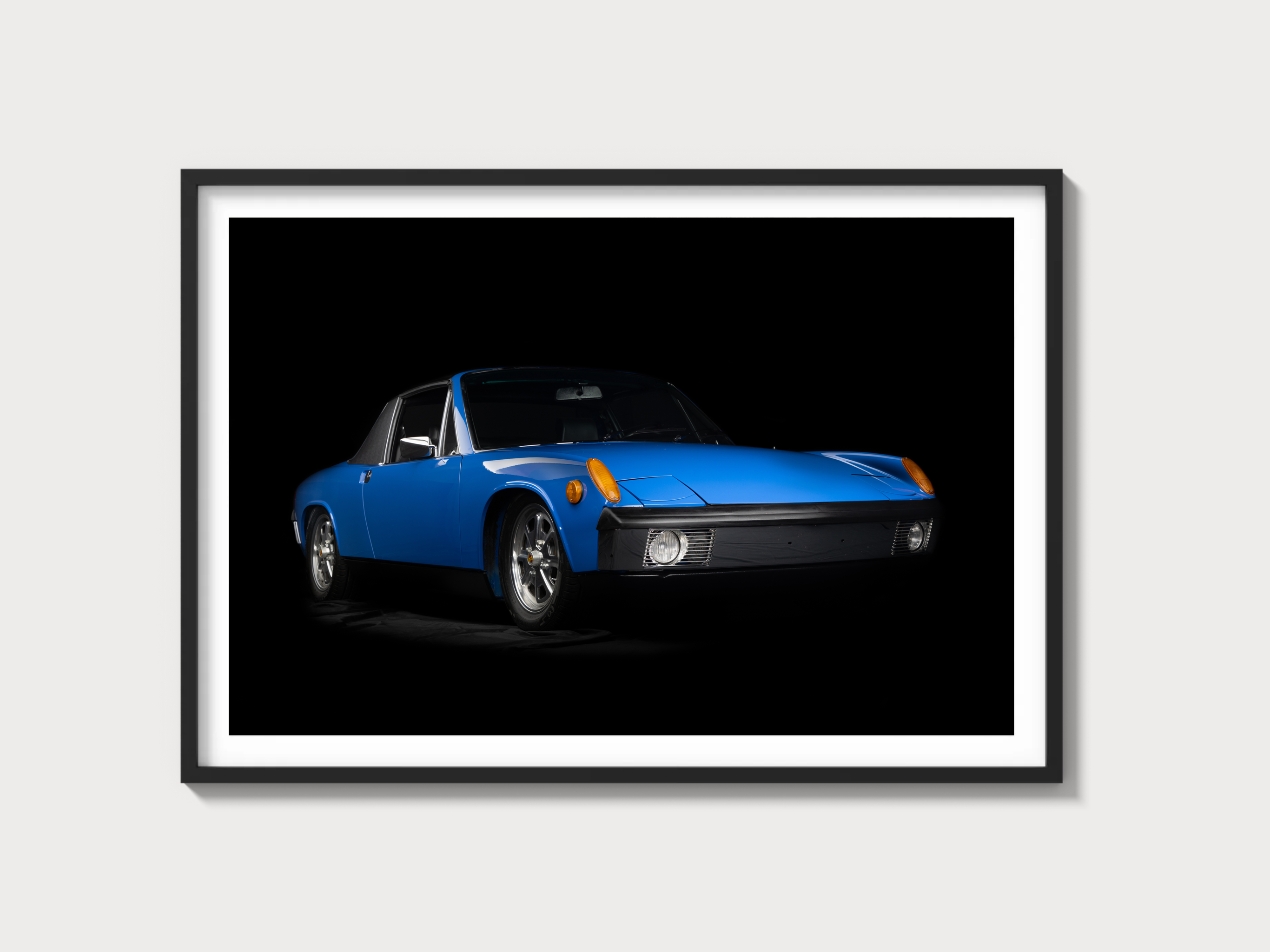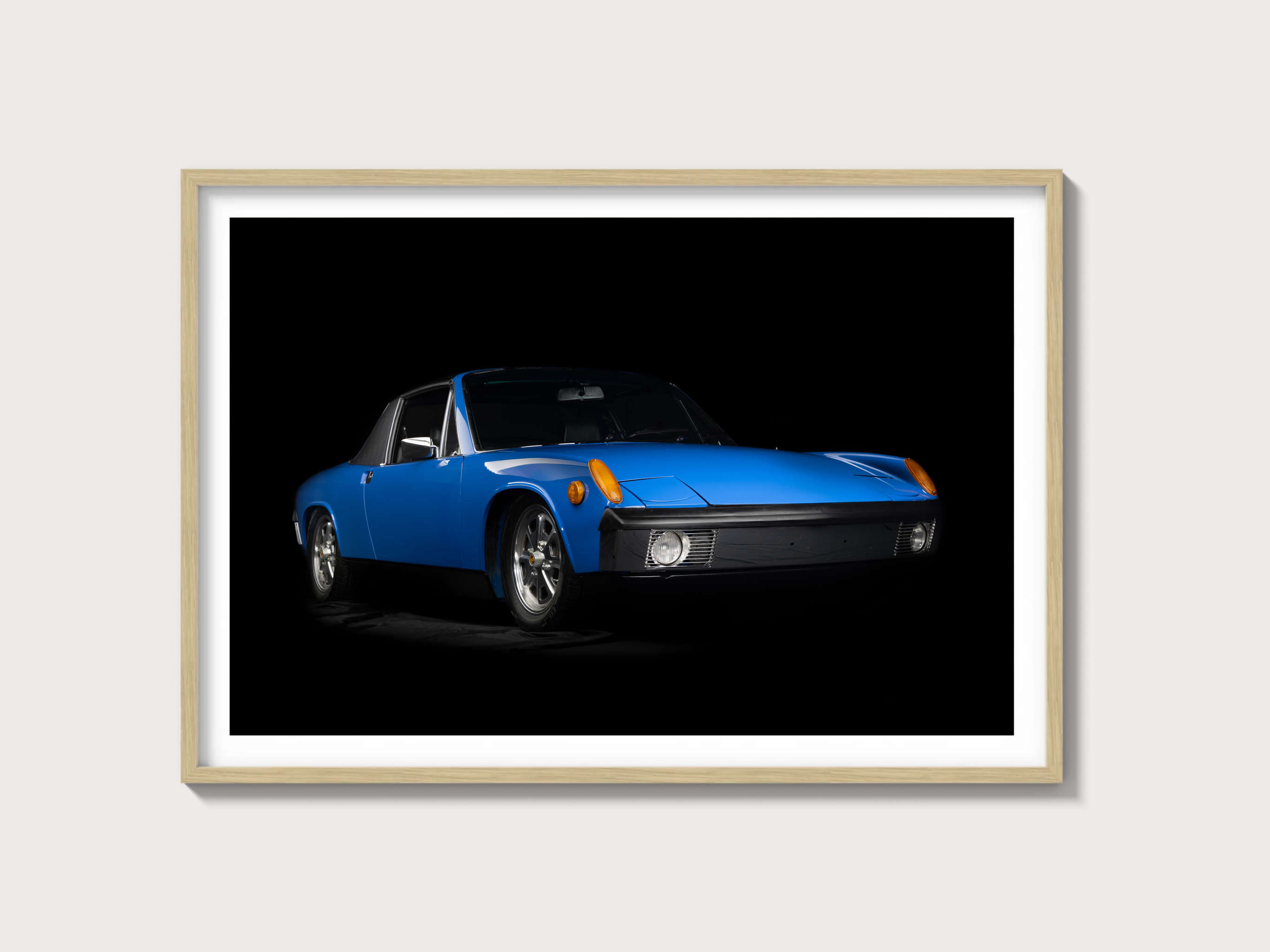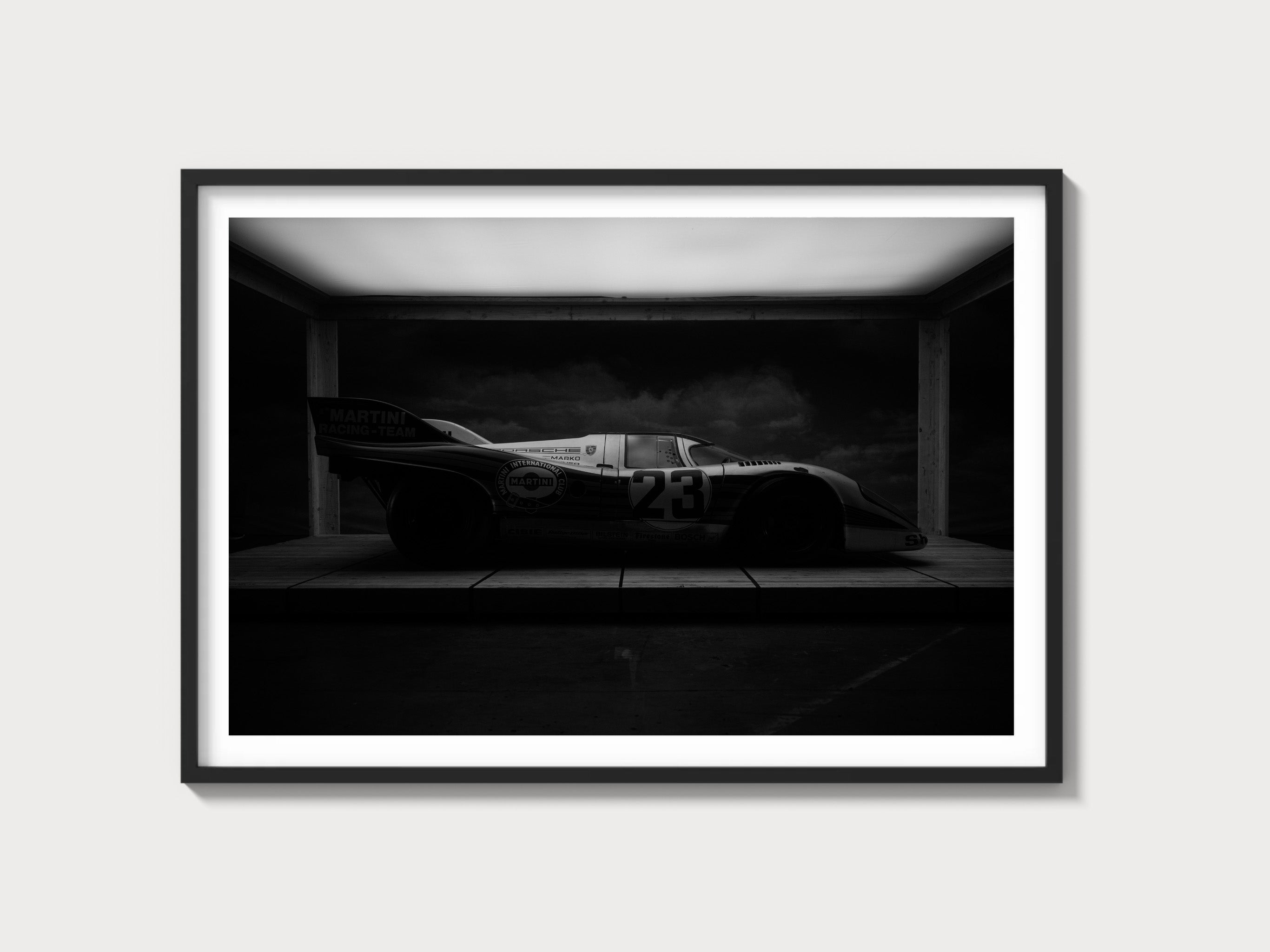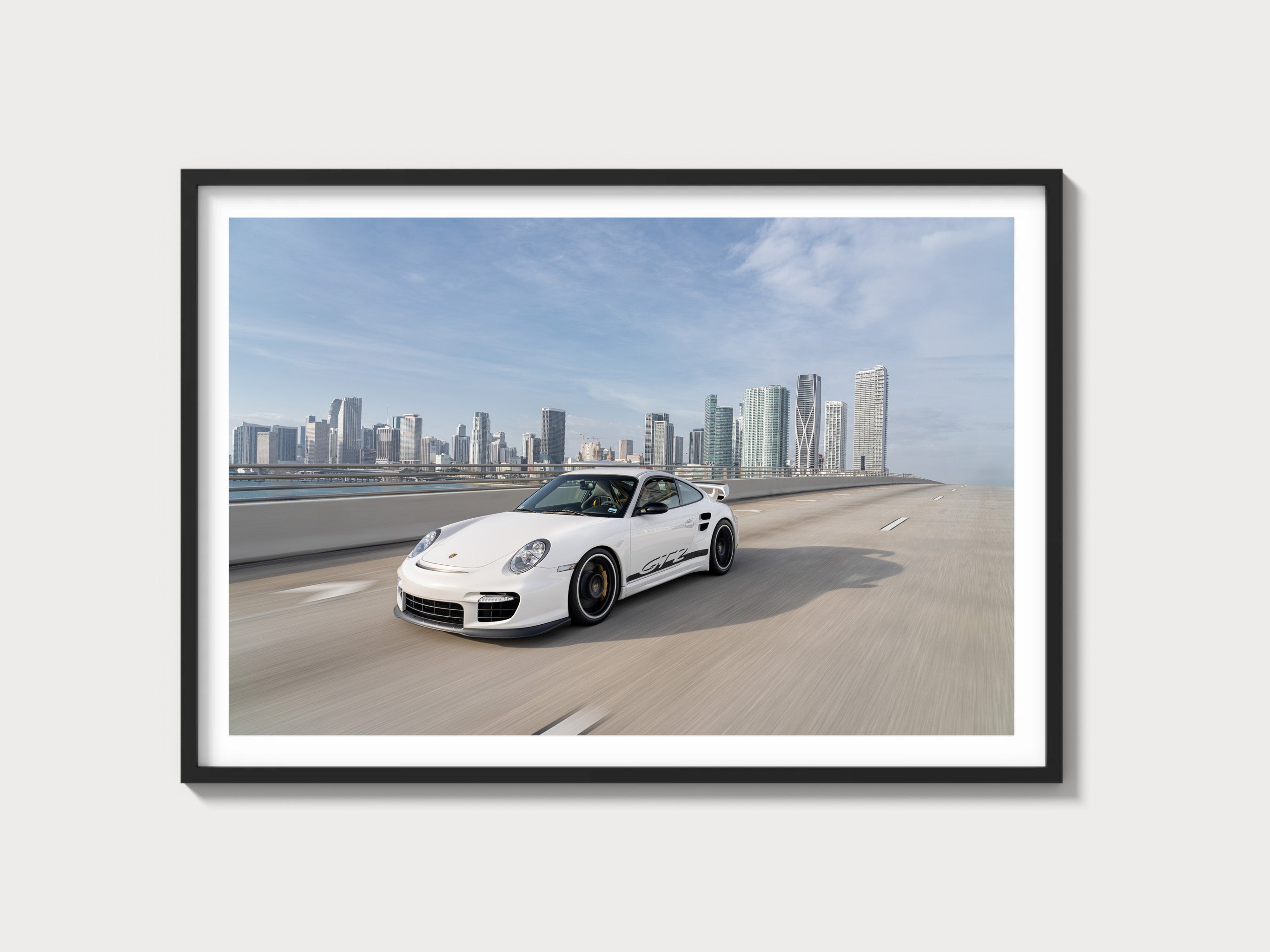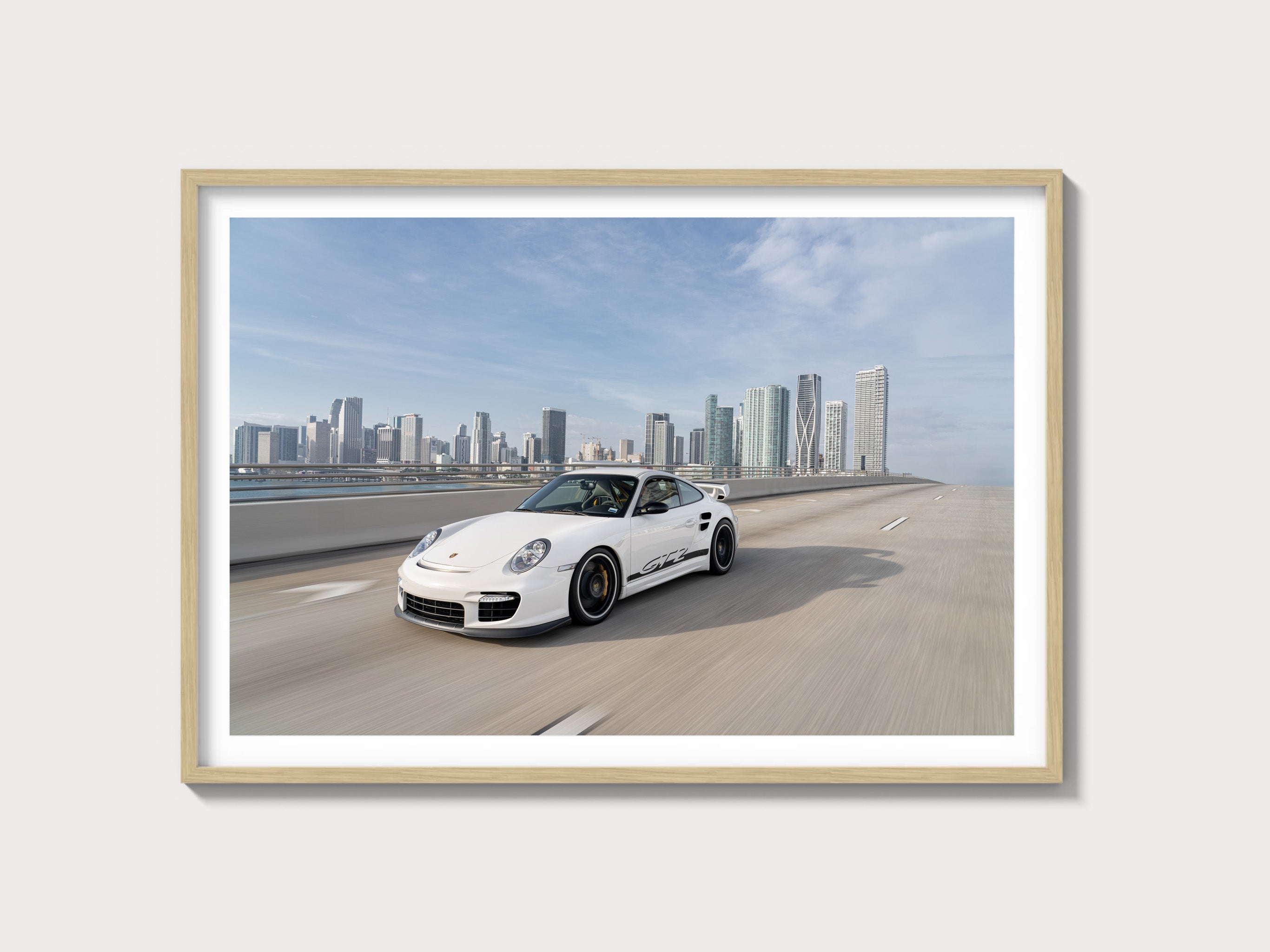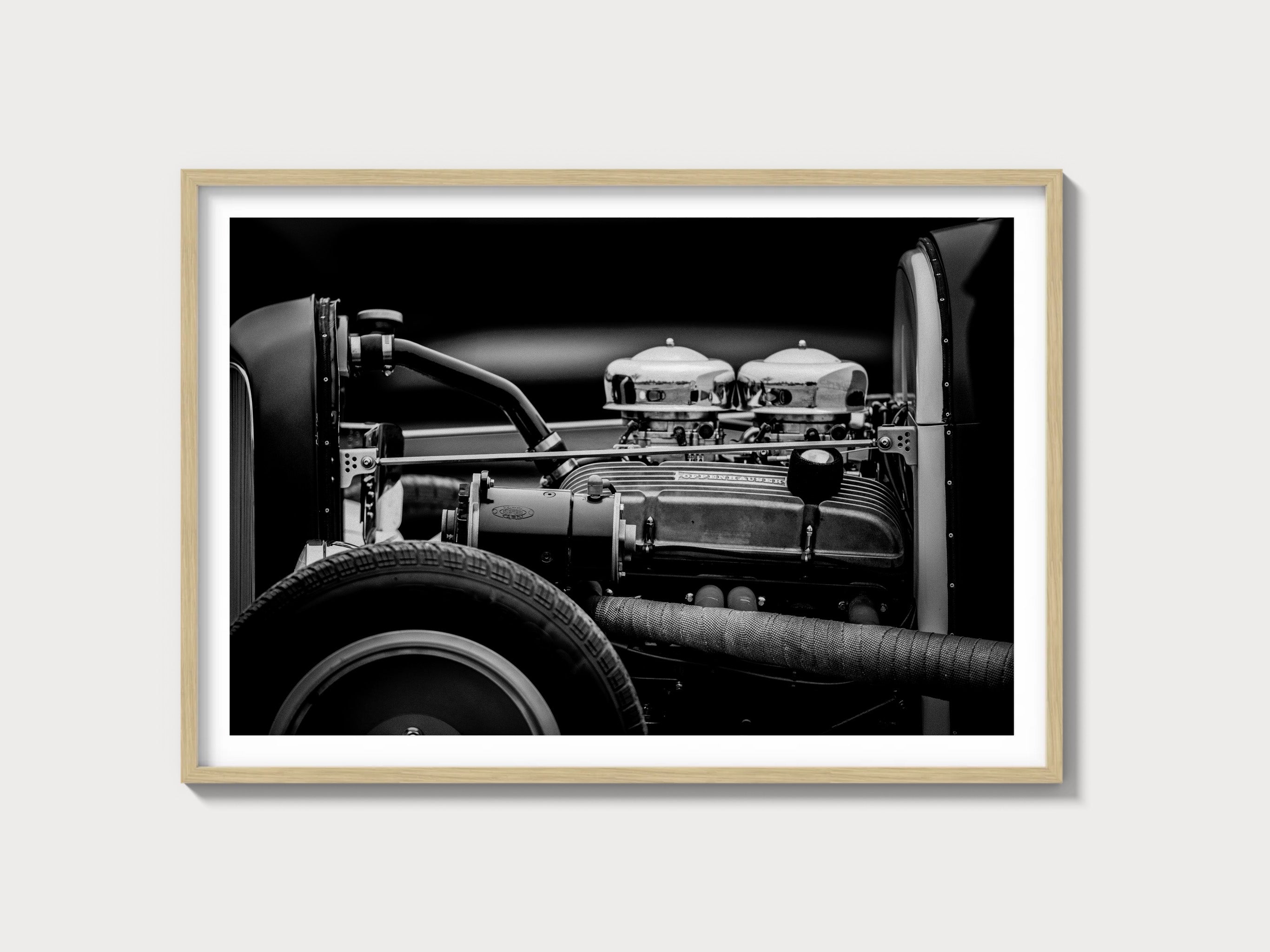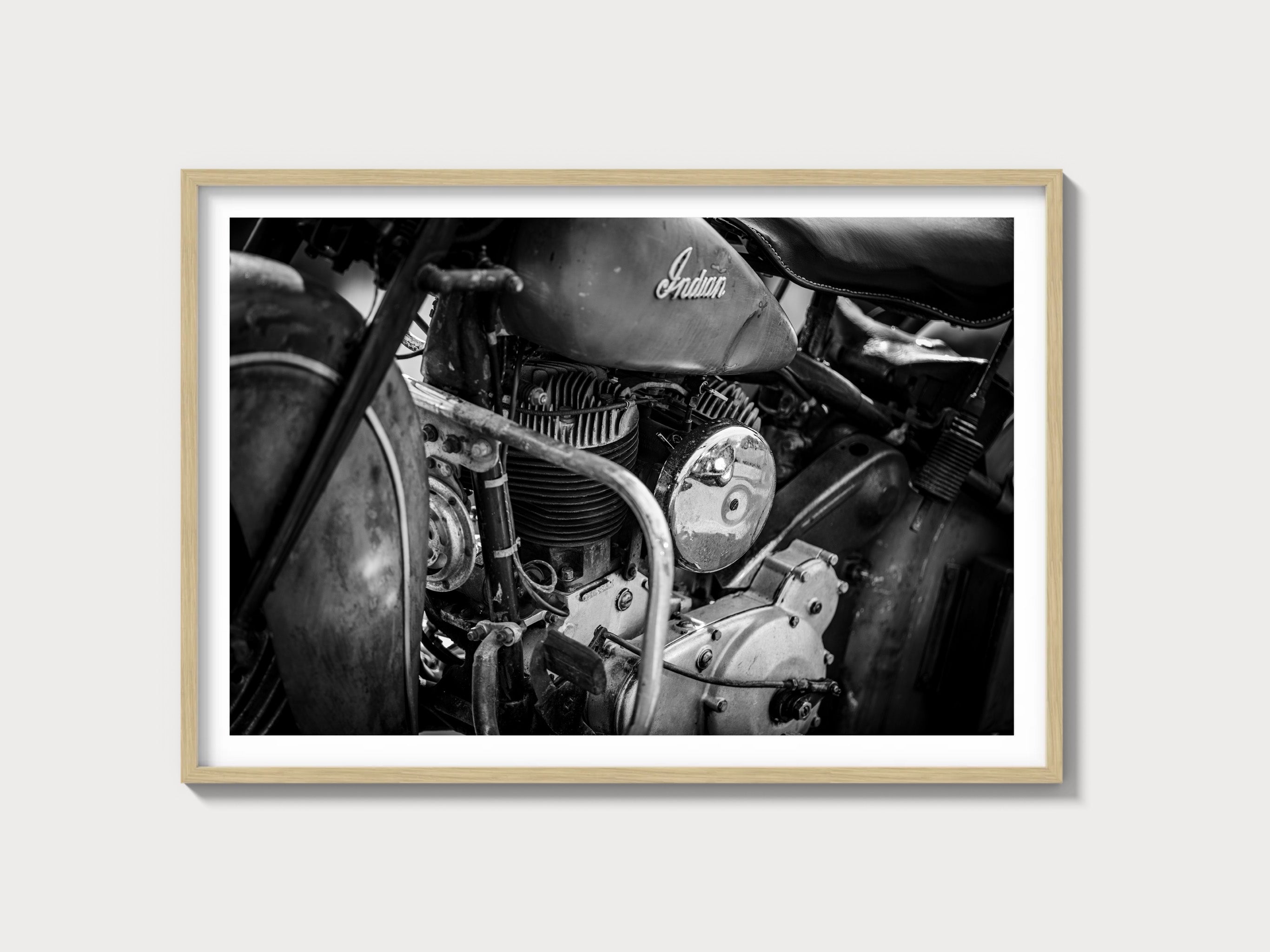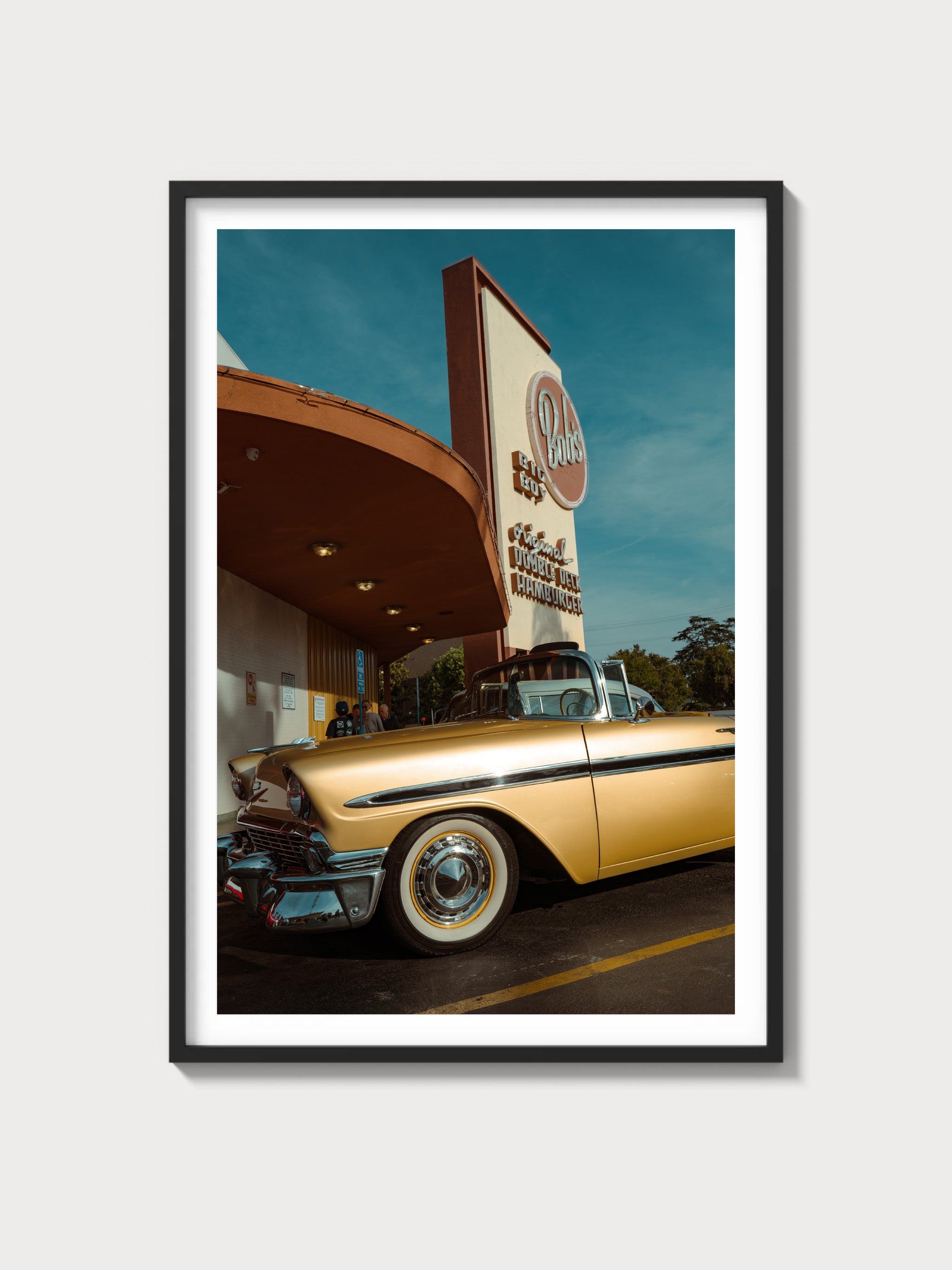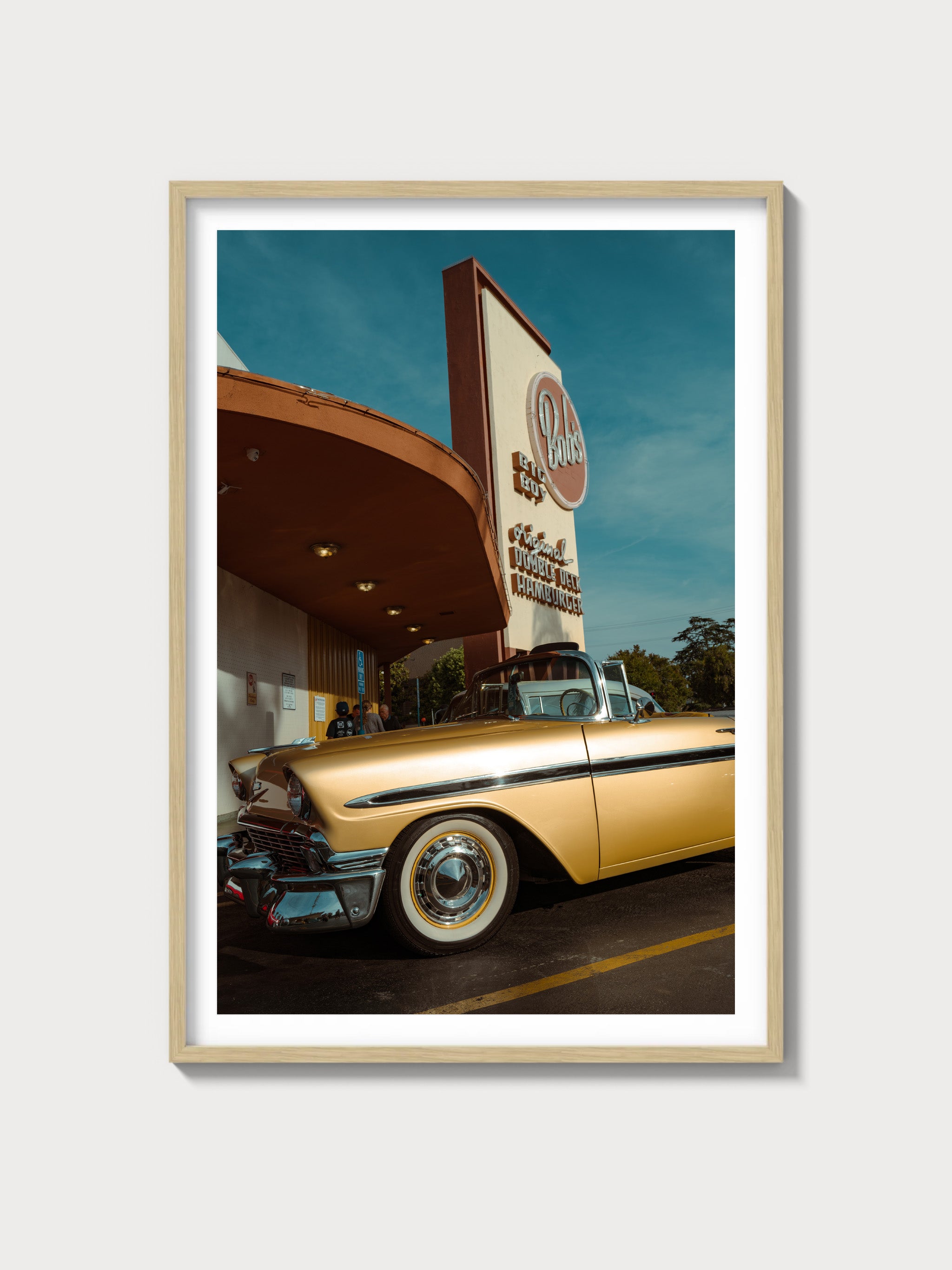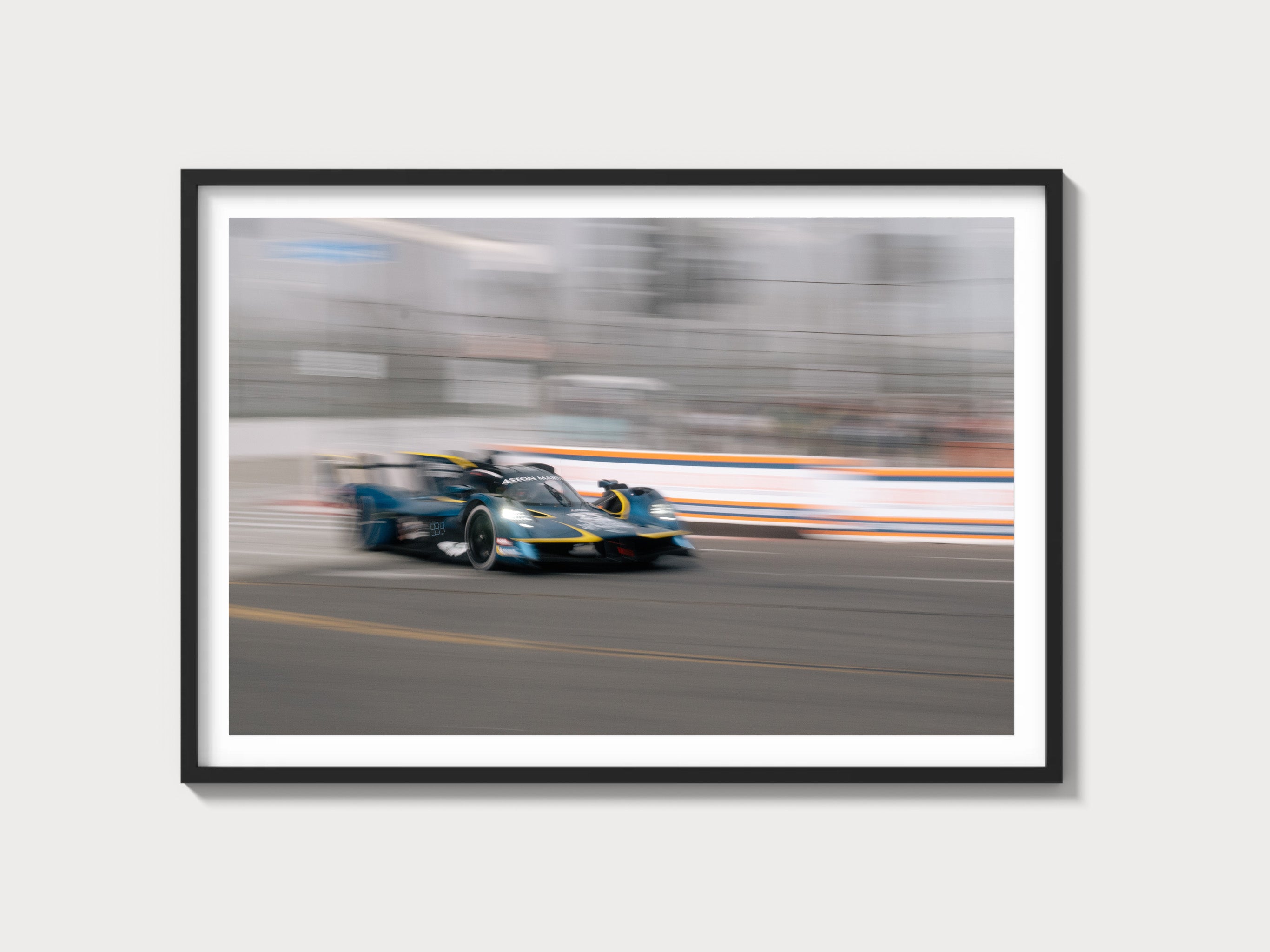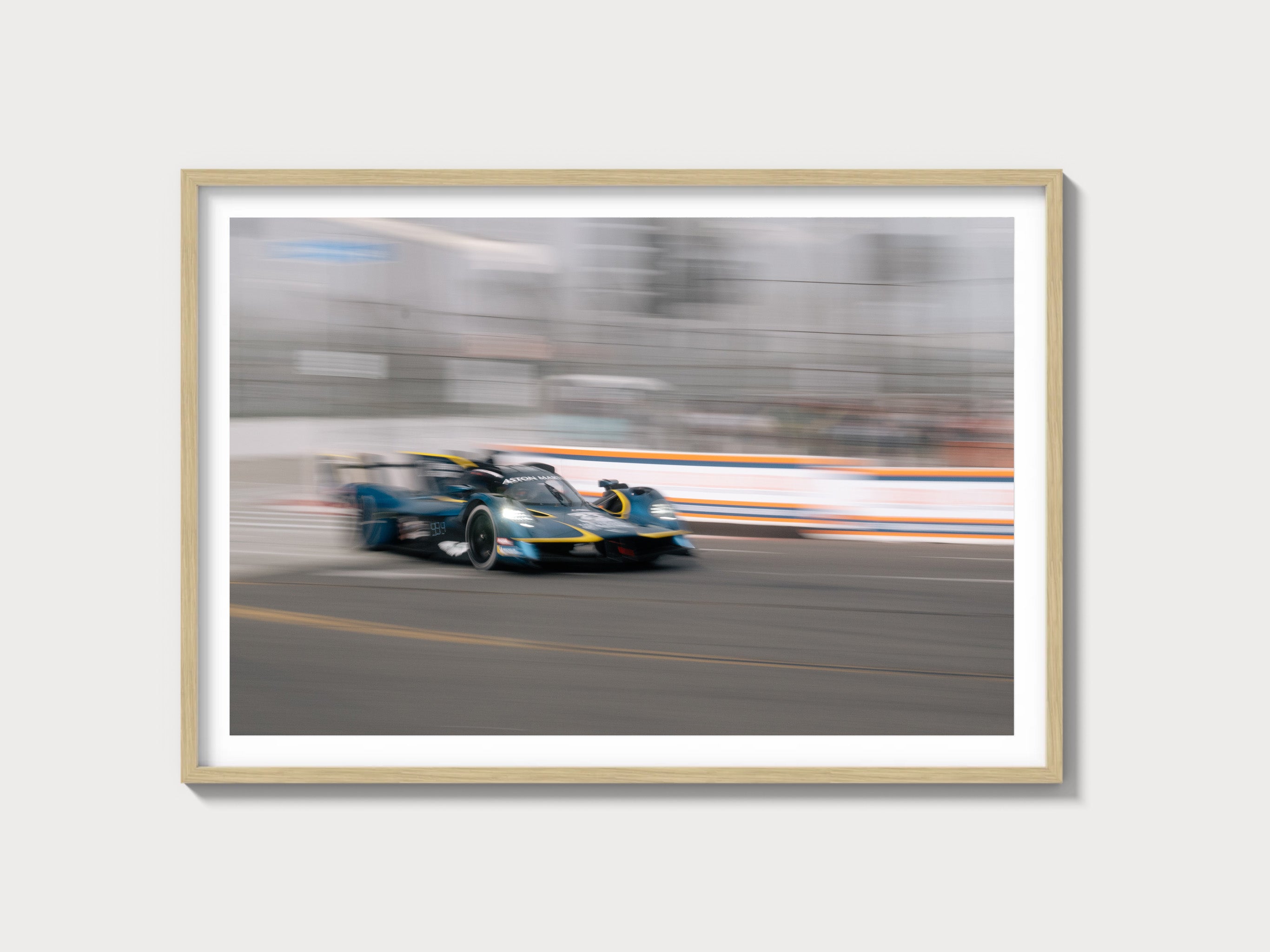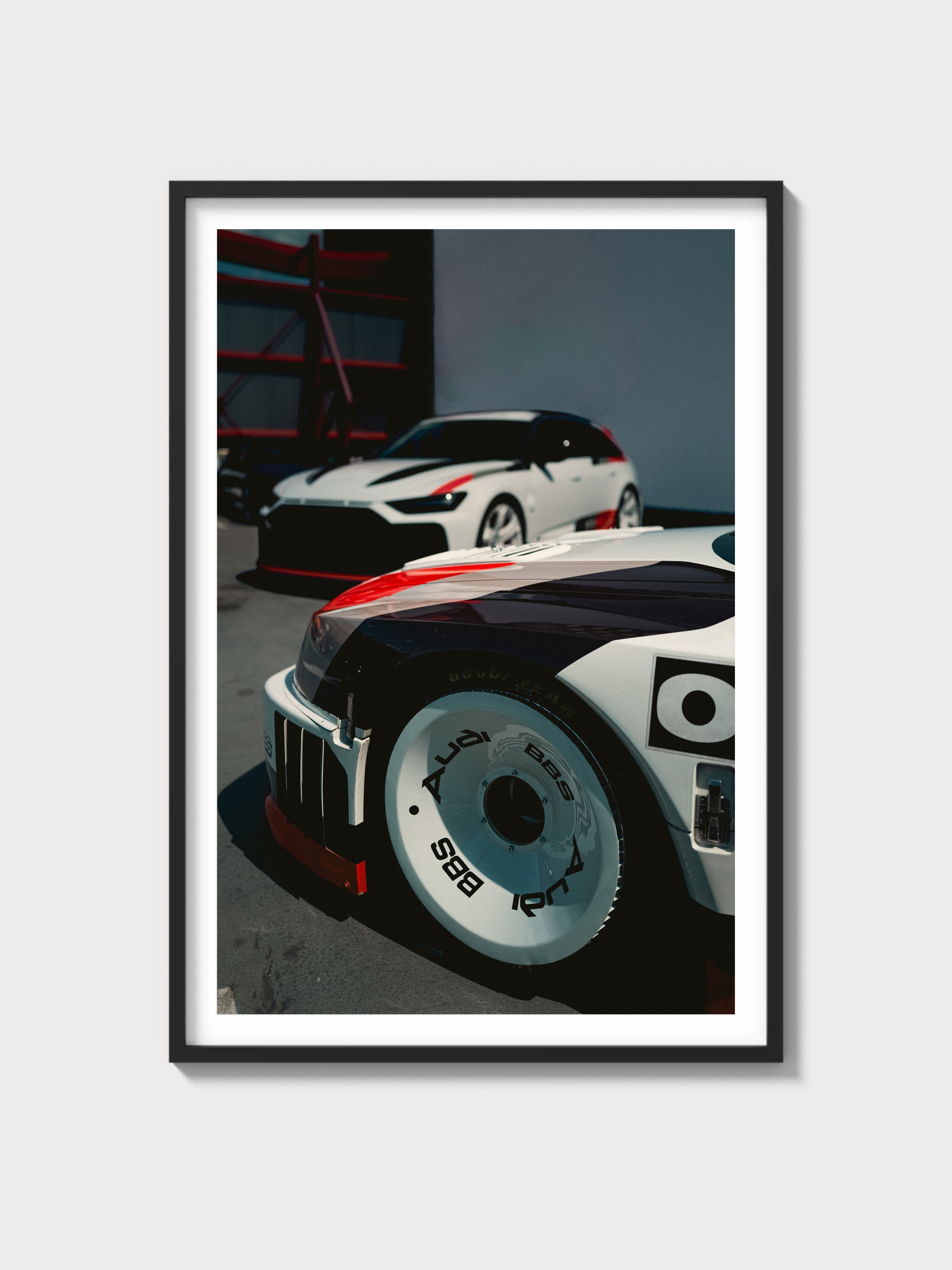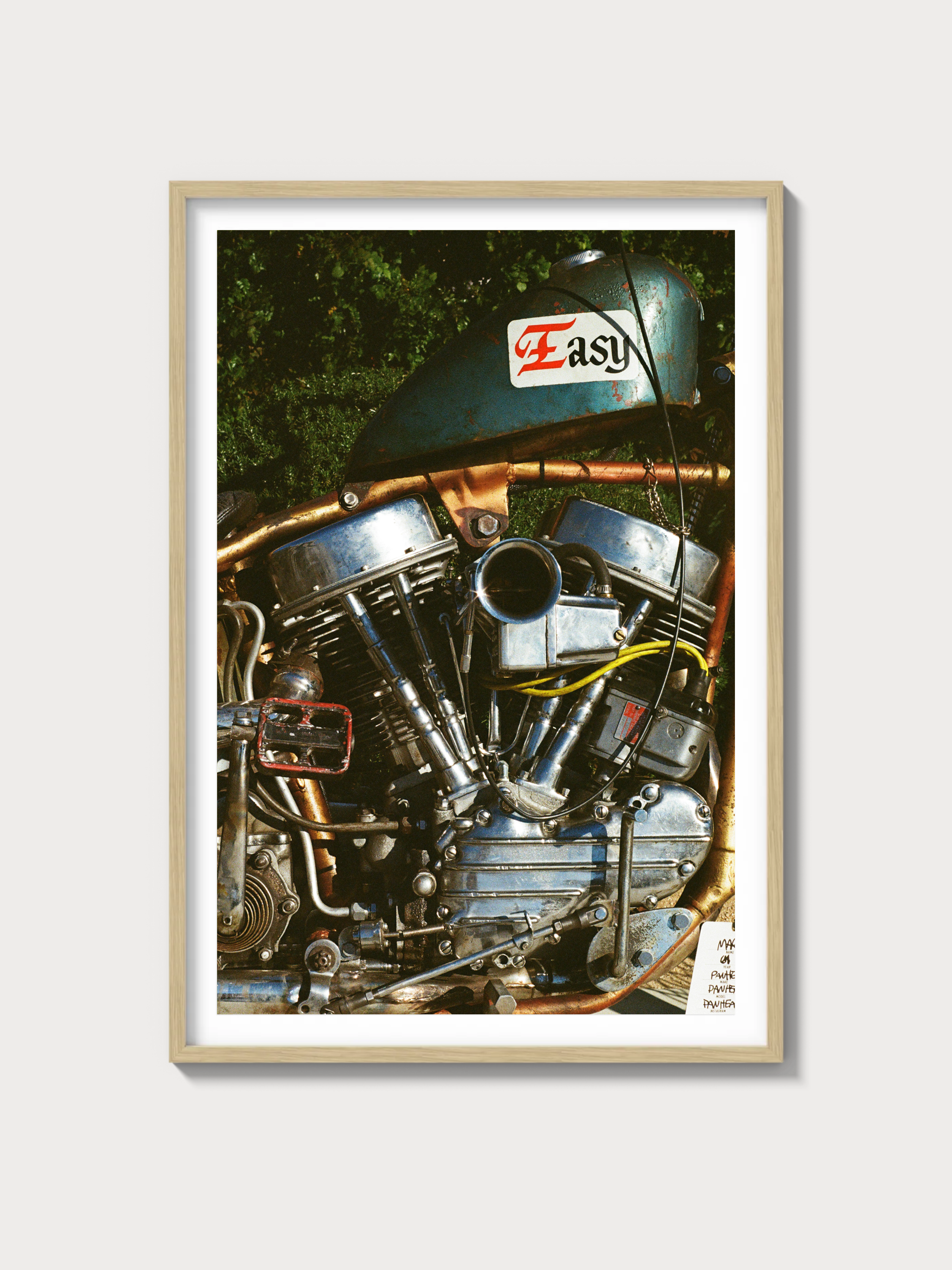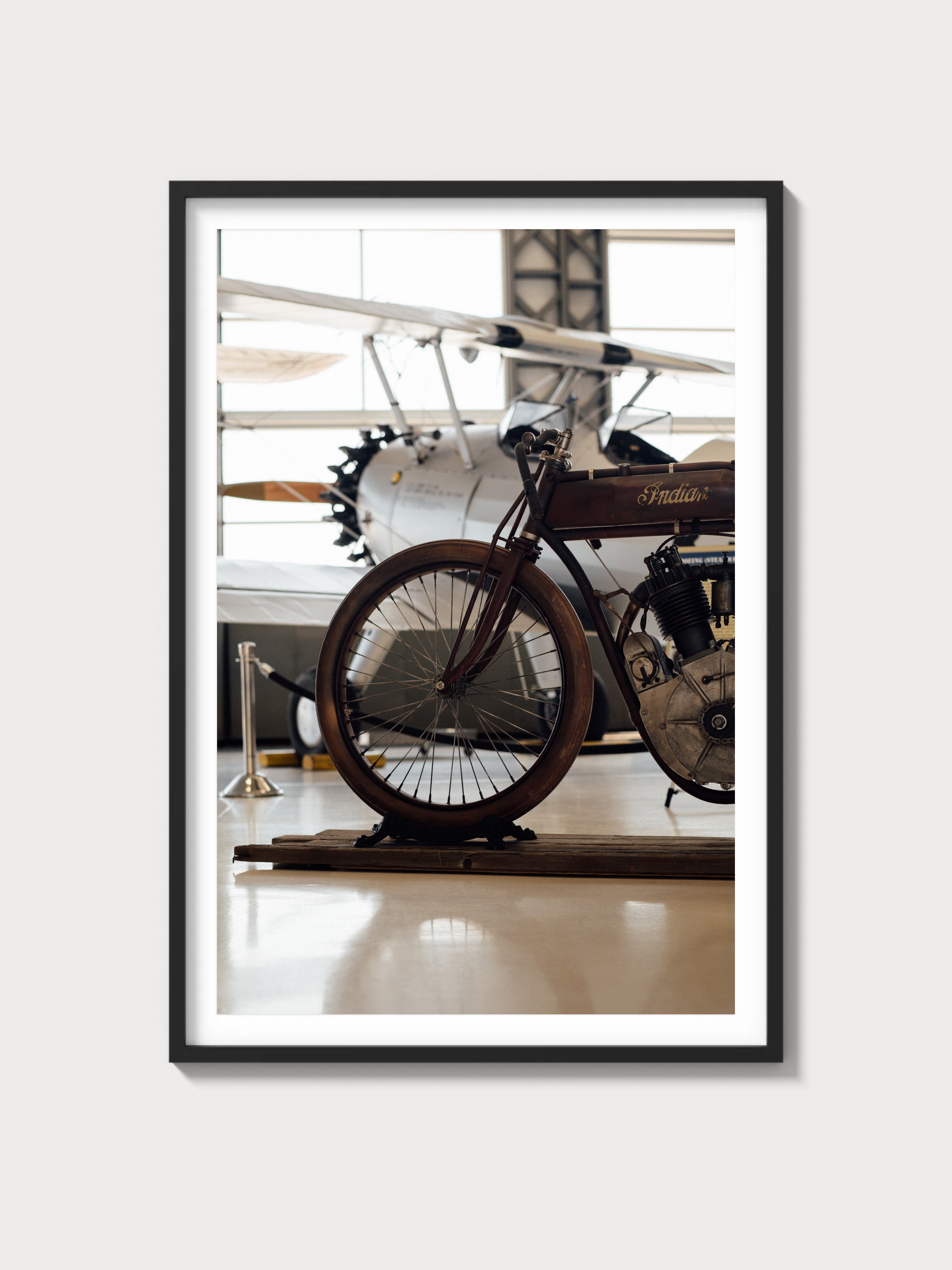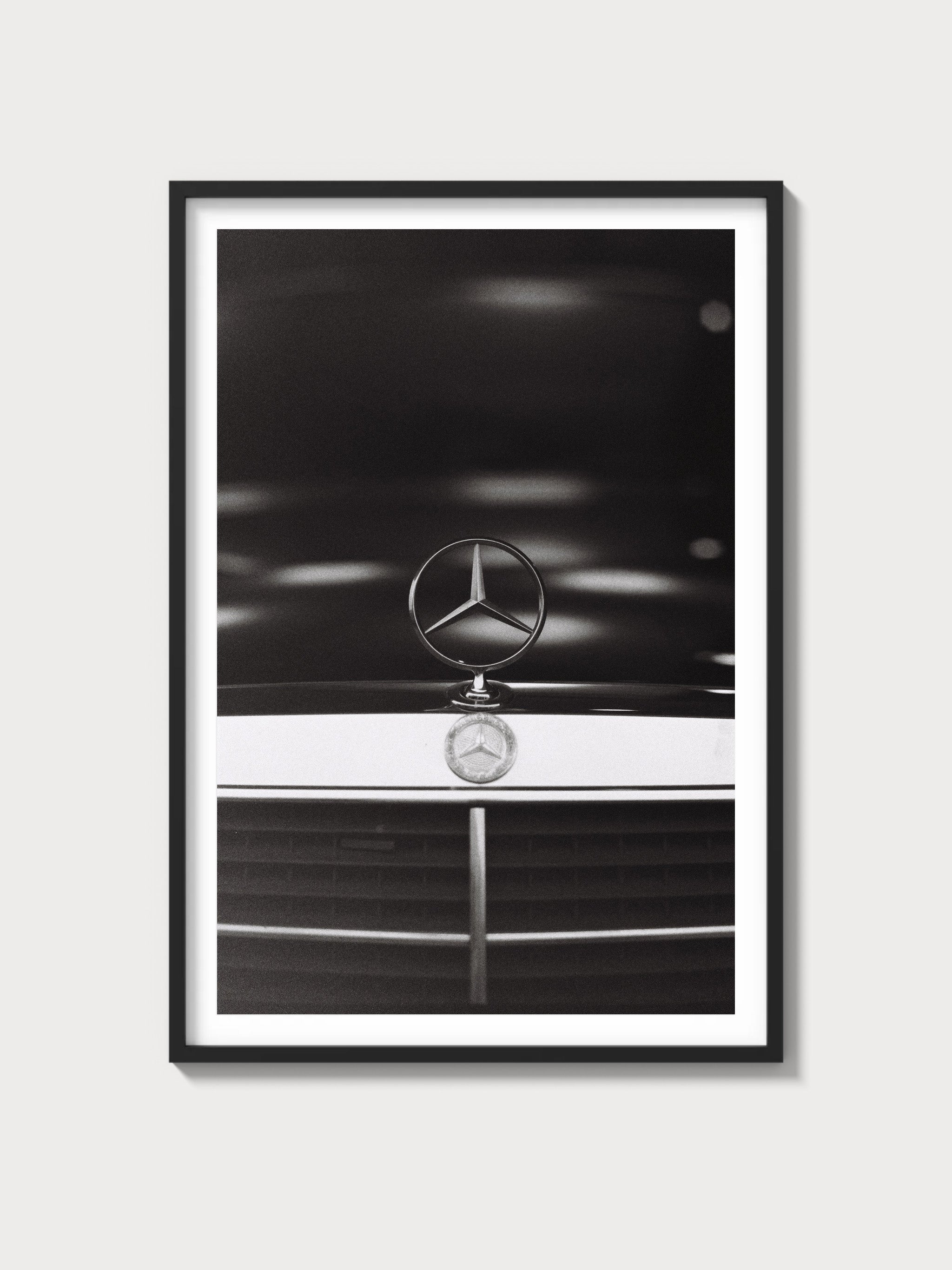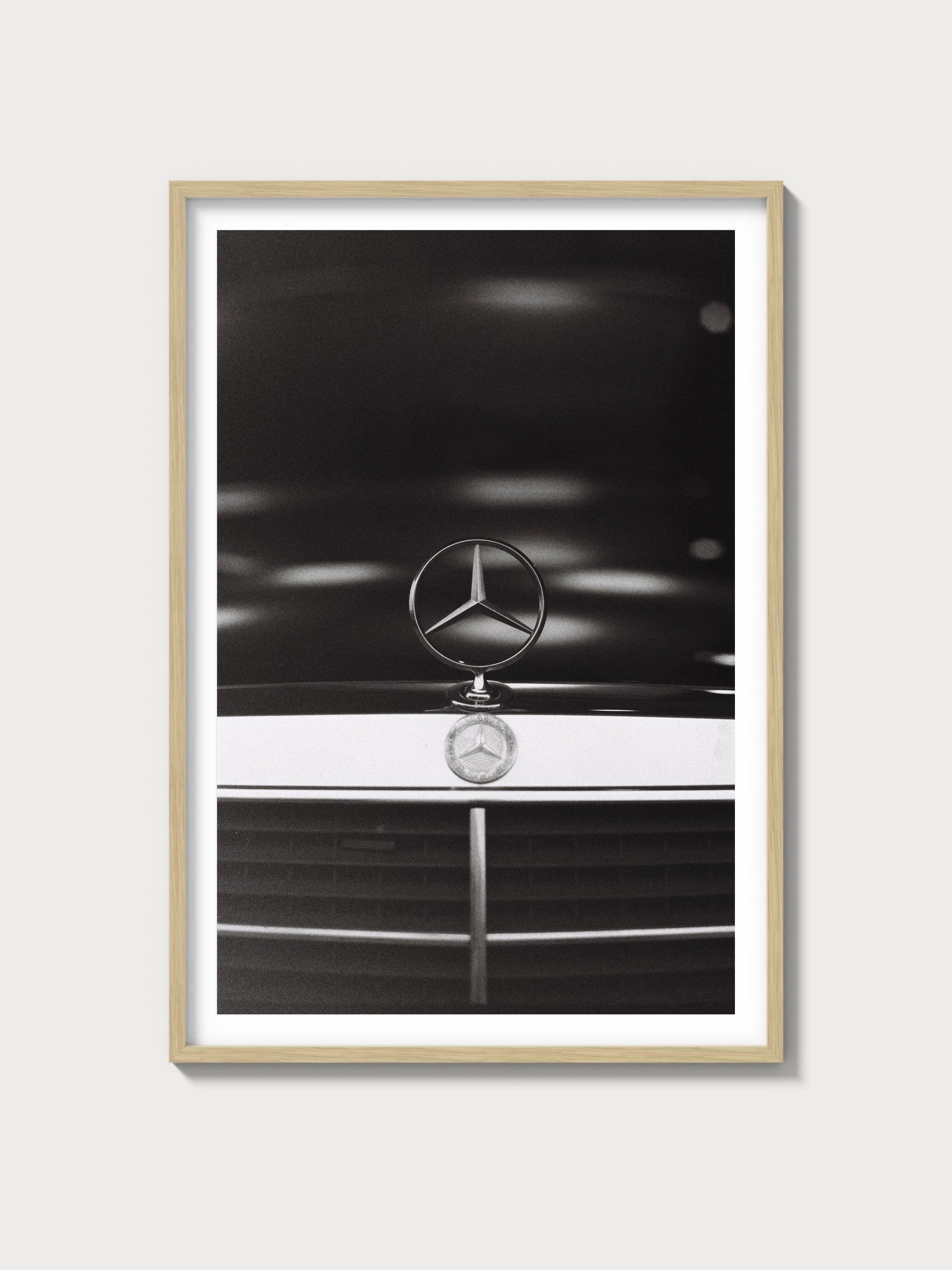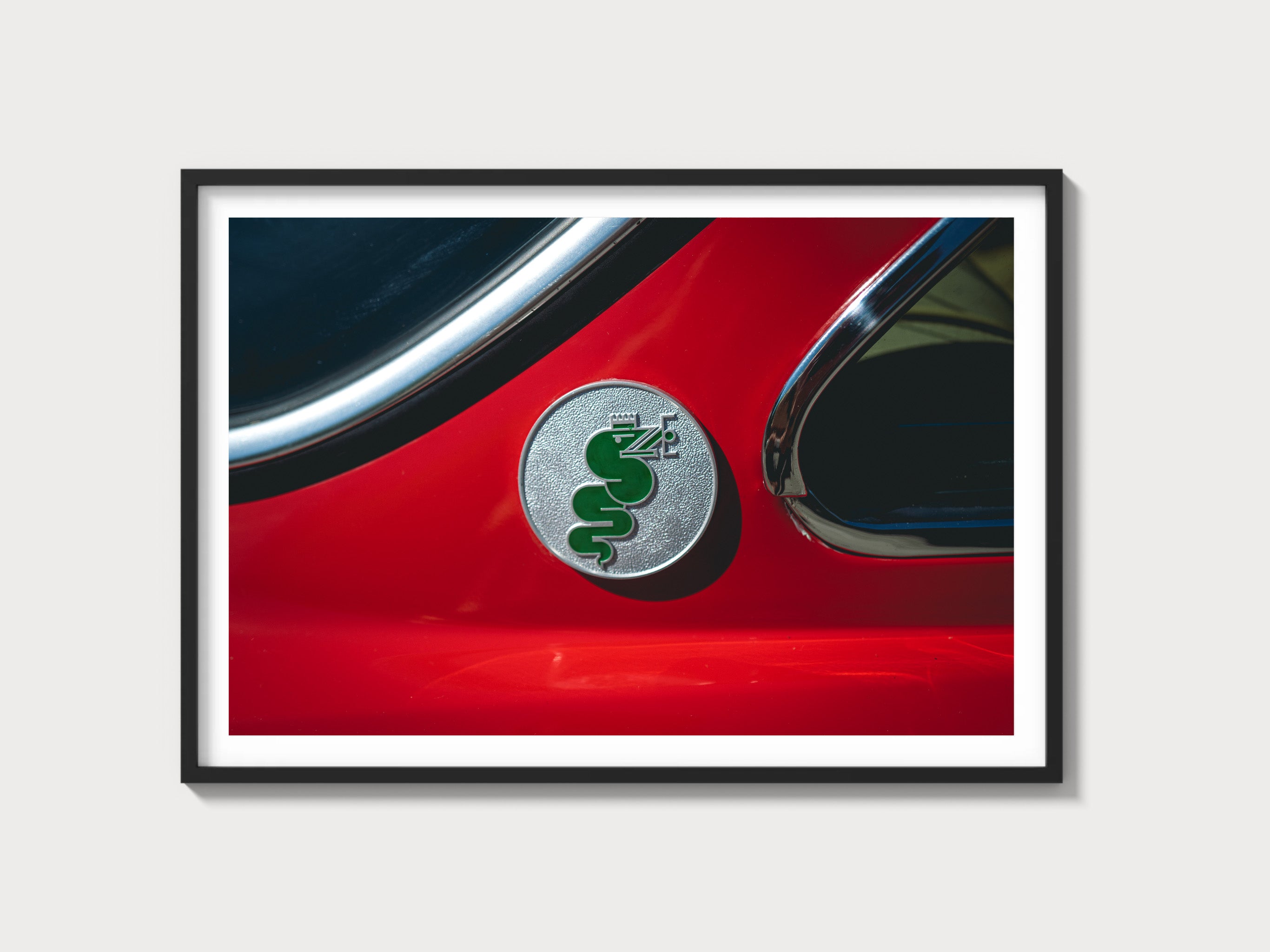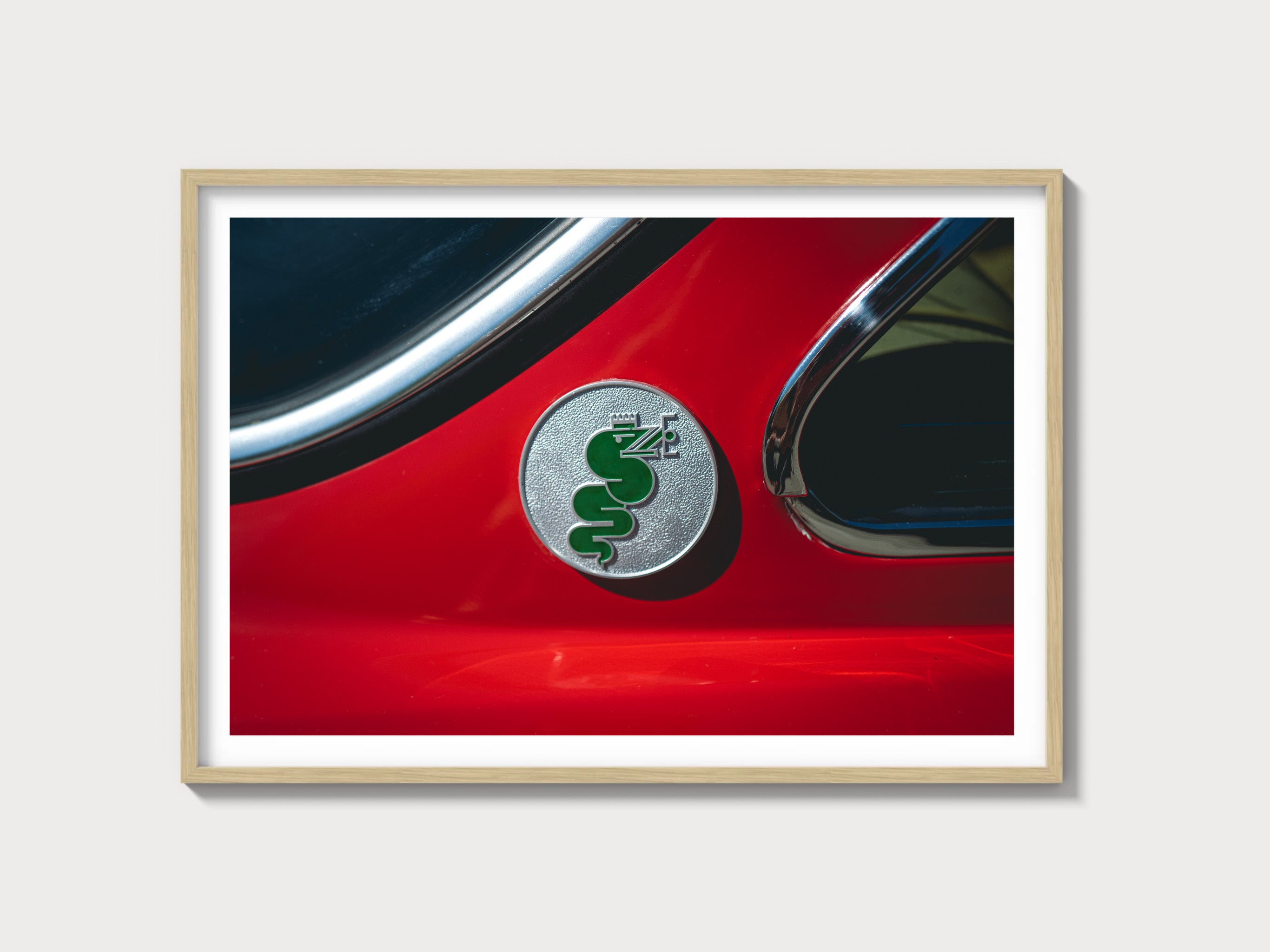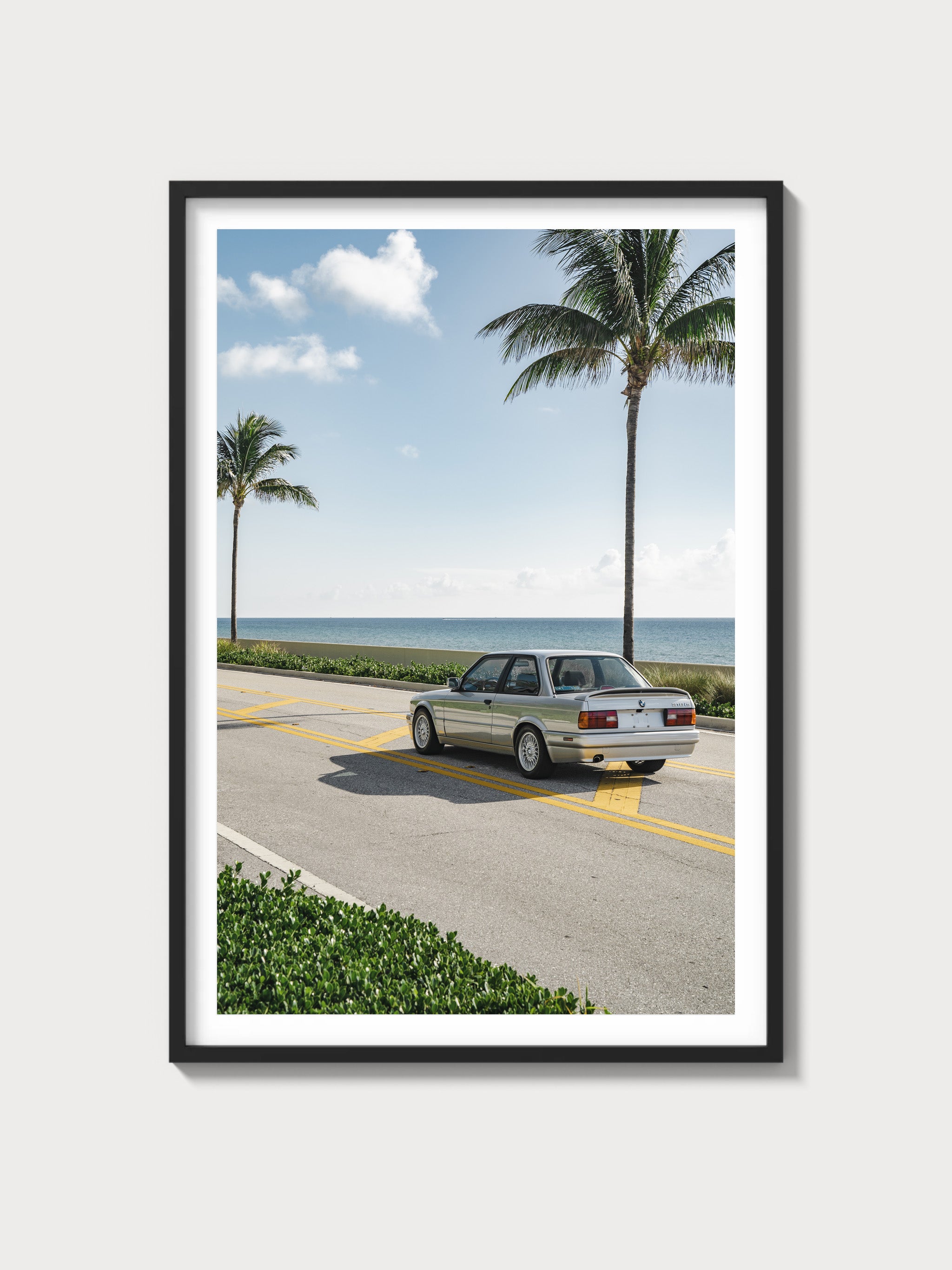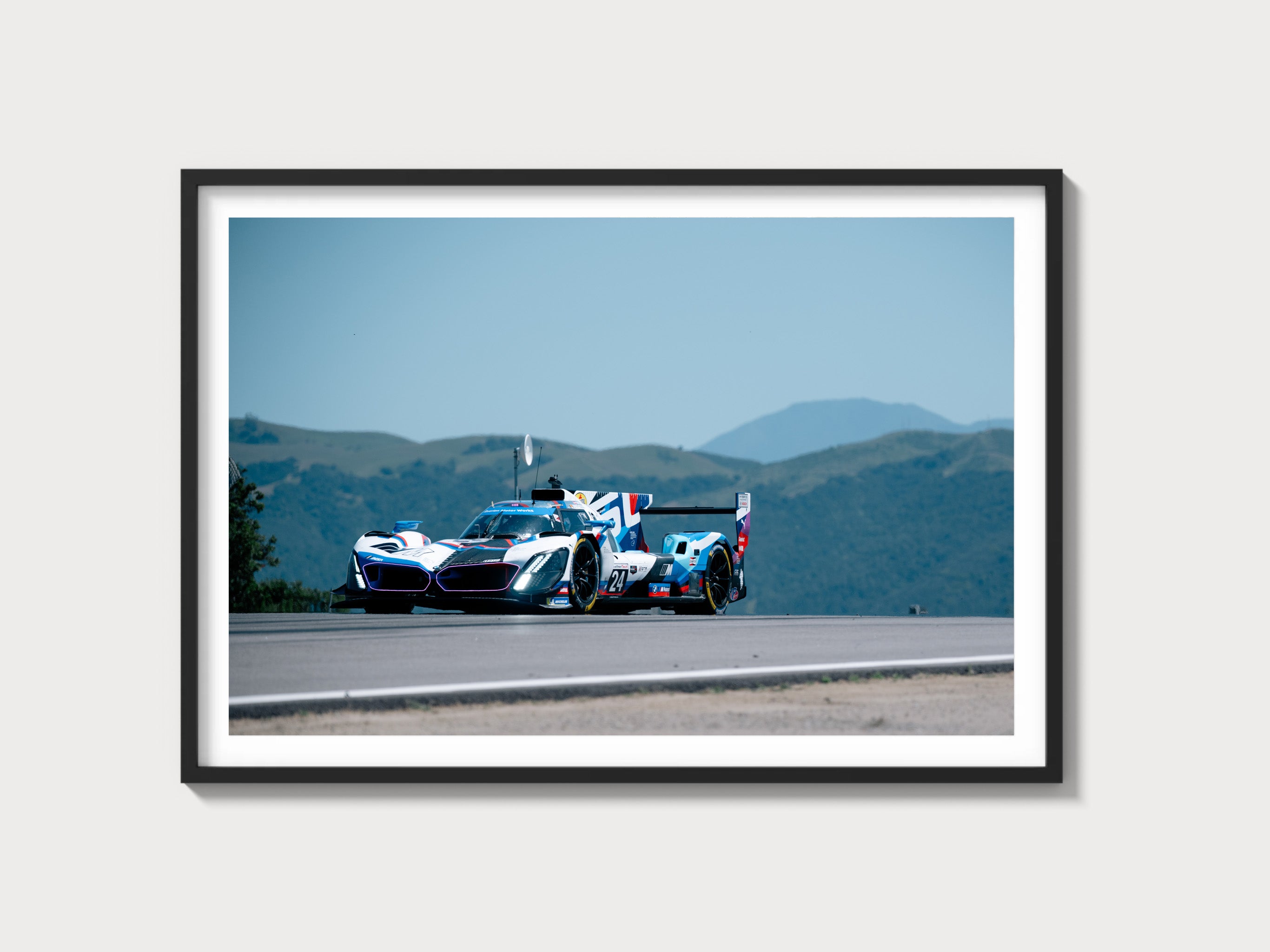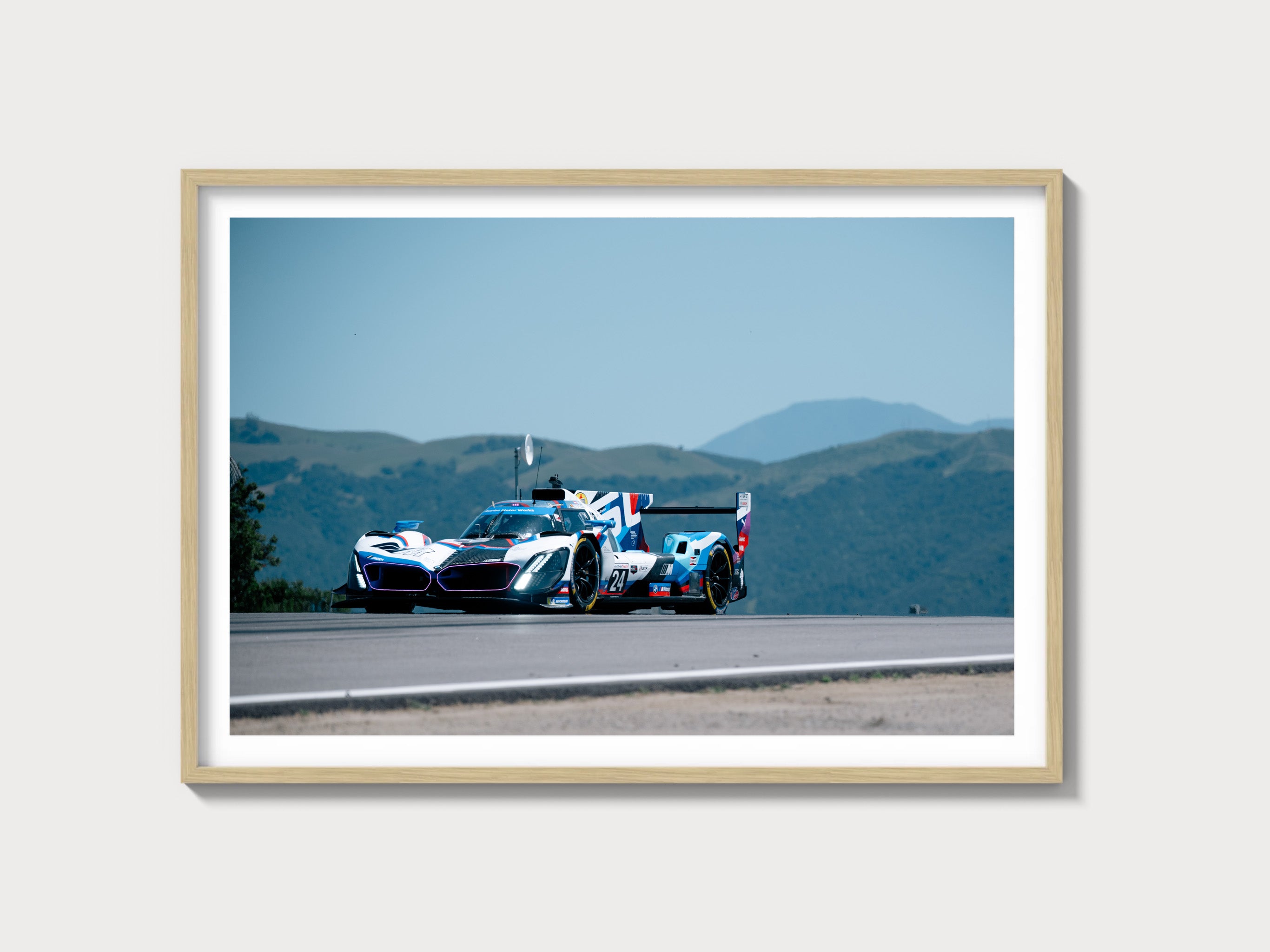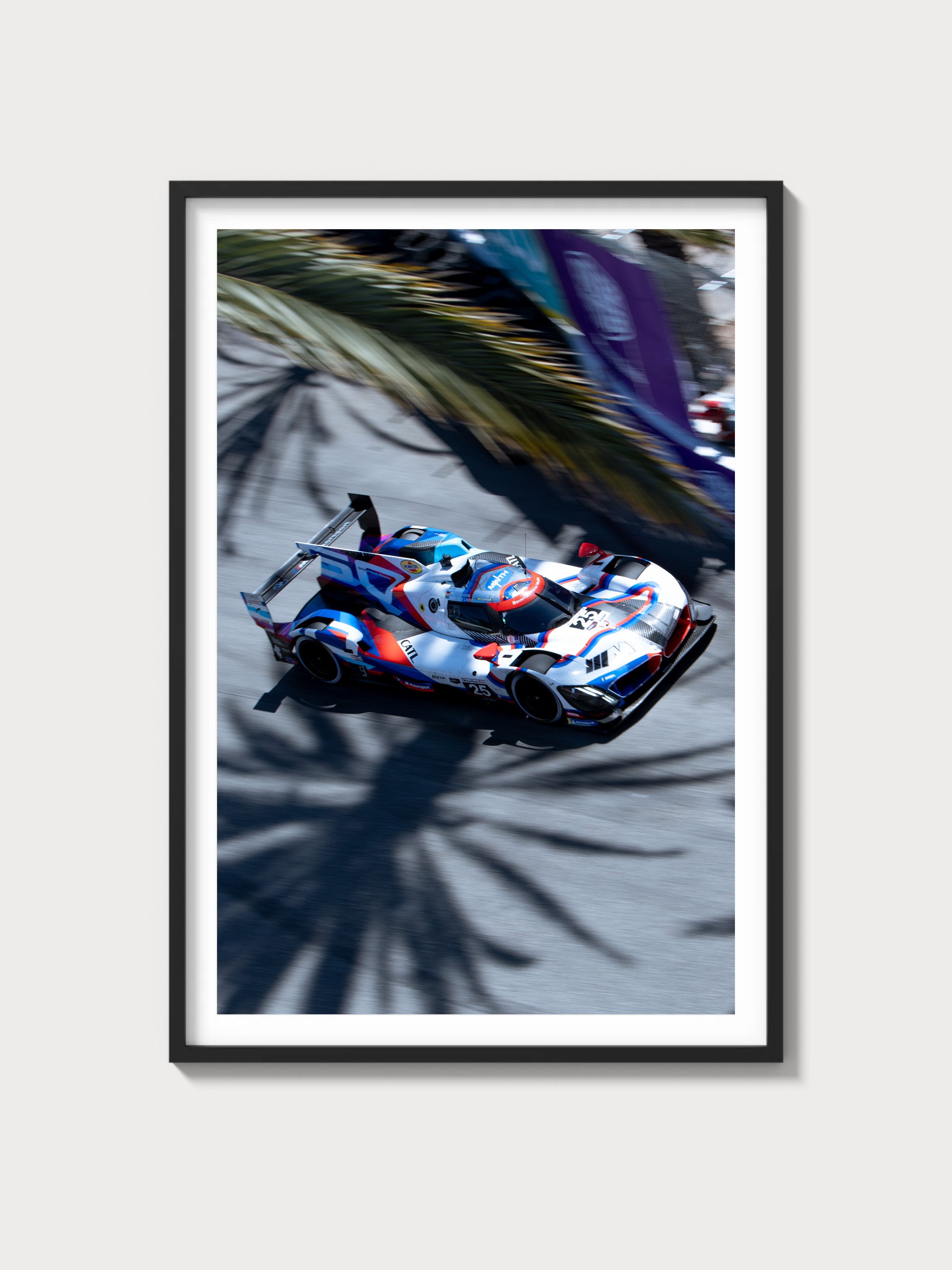Ferrari 365 GTS: The Definitive History, Specs, and Legacy
Introduction: Ferrari’s Rare Open-Top GT Luxury
In the celebrated lineage of Ferrari’s road cars, the 365 GTS, introduced in 1969, stands as a rare and exquisite grand tourer—a front-engine convertible with a 4.4-liter Colombo V12 delivering 352 horsepower, offering open-top luxury with uncompromised performance. Crafted with Pininfarina bodies styled by Scaglietti, this model saw just 20 units produced, serving as a convertible companion to the 365 GT 2+2. The “365 GTS” designation highlighted its Gran Turismo Spyder configuration and per-cylinder displacement (365 cc), blending racing pedigree with elegant refinement in an era when Ferrari was diversifying its GT offerings.
The year 1969 was a dynamic period for Ferrari, its racing triumphs—365 GTB/4 "Daytona"’s debut, Dino’s mid-engine success—complementing road car innovation under Enzo Ferrari’s vision. Unveiled at the 1969 Frankfurt Motor Show, the 365 GTS captivated with its sleek, open design and potent V12. This exhaustive history, penned with a Ferrari historian’s precision, explores its technical brilliance, its iconic styling, its racing lineage, and its enduring legacy.
Historical Context: Ferrari’s Late-1960s GT Diversification
The Ferrari 365 GTS emerged during a golden era for Maranello. By 1969, Ferrari’s racing pedigree—275 GTB/4’s refinement, Dino 246 GT’s mid-engine revolution—had solidified its stature, yet Enzo Ferrari sought to expand its grand touring lineup beyond the 365 GT 2+2’s 801-unit run (1968-1971). The 365 GT 2+2 had established Ferrari’s four-seat luxury, but demand grew for an open-top variant with similar power and elegance. The 365 GTS, with its 4.4L V12 and convertible design, answered, complementing the Daytona’s performance focus, targeting affluent buyers while rivaling the Maserati Ghibli Spyder and Lamborghini Islero.
Exactly 20 units were built (1969)—all convertible Spyders, reflecting a bespoke run for exclusivity. Chassis 12163, the Frankfurt show car, debuted in September 1969 with a Pininfarina-Scaglietti body, its graceful lines signaling luxury. This was a car for a select elite—European aristocrats, American jet-setters—its rarity enhancing Ferrari’s prestige amid the late-1960s GT boom.
The broader context of 1969 shaped its purpose. The luxury convertible market thrived—Mercedes-Benz 280 SE, Rolls-Royce Corniche—while buyers sought open-air performance. The 365 GTS bridged Ferrari’s racing roots, rooted in the 330 GTS, with a luxurious GT future.
Technical Specifications: The Colombo V12’s Open-Top Power
The Ferrari 365 GTS’s heart was its 4.4-liter Colombo V12—a refined engine delivering potent grand touring performance. Below, we dissect its engineering with historian’s detail.
Engine: The 4.4-Liter Tipo 245 V12
Displacing 4,390 cc (bore 81 mm, stroke 71 mm), the 365 GTS’s V12 was a front-mounted, all-aluminum unit with a 60-degree V-angle, featuring two valves per cylinder (single overhead camshaft per bank), an 8.8:1 compression ratio, and six Weber 40 DCN carburetors. It produced 352 horsepower at 7,500 rpm—matching the 365 GT 2+2 and exceeding the 330 GTS’s 300 hp, tuned for spirited delivery. Weighing 290 lbs, it delivered ~310 lb-ft of torque at 5,500 rpm, offering robust yet smooth power.
This engine was a GT standout. Chassis 12163 showcased its lively, high-revving performance, balancing Ferrari’s racing DNA with open-top refinement.
Performance: Elegant GT Speed
The 365 GTS reached 174 mph (280 km/h)—verified by period tests in Car and Driver (1970)—outpacing the 330 GTS’s 150 mph due to its enhanced V12, with a 0-60 mph time of ~6.5 seconds, brisk for its class. Its power-to-weight ratio (261 hp/ton) exceeded the 330 GTS (227 hp/ton), offering exhilarating open-air pace.
Chassis and Suspension: Refined Convertible Platform
The chassis was a steel tubular frame, weighing 1,350 kg (2,976 lbs)—matching the 365 GT 2+2 but with a convertible structure. Its 2,600 mm wheelbase mirrored its coupé sibling, with a live rear axle and leaf springs, paired with a double-wishbone front suspension and Koni hydraulic dampers—delivering a plush ride with stable handling.
Transmission and Brakes: Manual Precision
A 5-speed manual transmission—front-mounted—drove the rear wheels, its ratios (1st: 3.08, 5th: 0.92) favoring performance, with a floor-mounted shifter. Braking relied on 11.8-inch hydraulic disc brakes (front and rear), delivering ~0.9g deceleration—robust for its era.
| Specification | Details |
|---|---|
| Engine | 4.4L V12, 352 hp @ 7,500 rpm |
| Displacement | 4,390 cc (81 mm x 71 mm) |
| Top Speed | ~174 mph (280 km/h) |
| 0-60 mph | ~6.5 seconds |
| Weight | 1,350 kg (2,976 lbs) |
| Transmission | 5-speed manual, rear-wheel drive |
| Suspension (Front) | Double wishbone, hydraulic dampers |
| Suspension (Rear) | Live axle, leaf springs, hydraulic dampers |
| Brakes | 11.8-inch hydraulic discs |
Design and Styling: Ferrari’s Pininfarina-Scaglietti Elegance
The Ferrari 365 GTS’s aesthetic was a Pininfarina-Scaglietti triumph, blending open-top luxury with GT refinement.
Exterior: Sleek Convertible Form
All 20 units featured Pininfarina designs built by Scaglietti—chassis 12163 boasted a sleek Spyder body with a low grille, flowing fenders, and a folding soft top, finished in Blu Chiaro Metallizzato. Its 2,600 mm wheelbase and steel frame offered an elegant, balanced stance compared to the 365 GT 2+2, with chrome accents enhancing its luxurious appeal.
Interior: Plush GT Cockpit
The cabin was a refined retreat: leather bucket seats (black or tan), a wood-rimmed steering wheel, and Veglia gauges—tachometer (8,000 rpm redline), speedometer, oil pressure. Chassis 12163’s interior, with polished trim over the 330 GTS, offered open-air comfort, contrasting the Daytona’s sporty focus.
Production and Variants: A Rare Convertible Run
The Ferrari 365 GTS’s 20-unit run (1969) featured standard convertible Spyders. Chassis 12163 launched the series at Frankfurt, while 12475 closed it, transitioning to the Daytona. Its focus was open-top road luxury—no racing variants emerged.
Performance and Racing Legacy: A Road-Born Gem
The Ferrari 365 GTS racing history was nonexistent, its grand touring purpose paramount. Chassis 12169 ran private rallies, but no competitive record exists. Its realm was the road—Pacific Coast, Amalfi Coast—where its 174 mph top speed and V12 roar excelled.
Ownership and Market Value: A Collector’s Rarity
The Ferrari 365 GTS value reflects its exclusivity. Early owners included European royalty (e.g., Prince Rainier III of Monaco, chassis 12165). Today, prices range $2-$3 million—chassis 12163 sold for $2.8 million at RM Sotheby’s 2023. Restoration costs—V12 rebuilds at $150,000—highlight its elite status.
Cultural Impact: Ferrari’s Open-Top GT Pinnacle
The 365 GTS crowned Ferrari’s late-1960s GT lineage, its V12 and convertible design influencing the Daytona. In 1960s lore, it’s the car of rare open-air luxury, a milestone in Ferrari’s grand touring heritage.
Comparisons: Ferrari 365 GTS vs Rivals
The Ferrari 365 GTS vs Maserati Ghibli Spyder pits 352 hp V12 against 310 hp V8—Ferrari led in power, Maserati in elegance. The Lamborghini Islero (325 hp V12) matched in pace but trailed in exclusivity.
| Model | Engine | Power | Weight | Top Speed |
|---|---|---|---|---|
| Ferrari 365 GTS | 4.4L V12 | 352 hp | 1,350 kg | ~174 mph |
| Maserati Ghibli Spyder | 4.7L V8 | 310 hp | 1,400 kg | ~165 mph |
| Lamborghini Islero | 4.0L V12 | 325 hp | 1,420 kg | ~162 mph |
Frequently Asked Questions
What was the Ferrari 365 GTS?
A 1969 4.4L V12 front-engine convertible grand tourer.
How many were made?
20 units.
What engine powered it?
4,390 cc V12, 352 hp.
Did it race?
No—built for touring.
What’s its value?
$2-$3 million.

